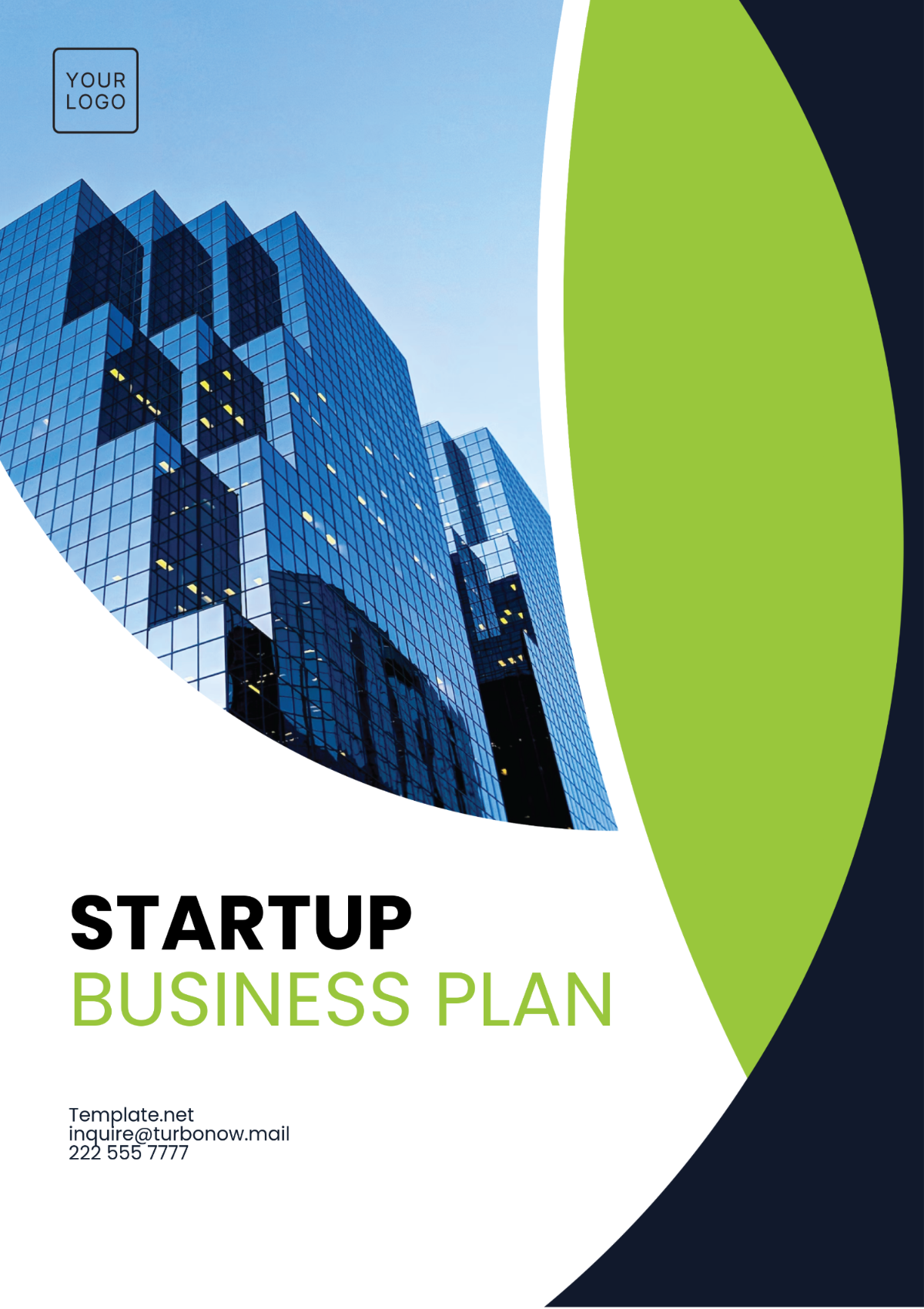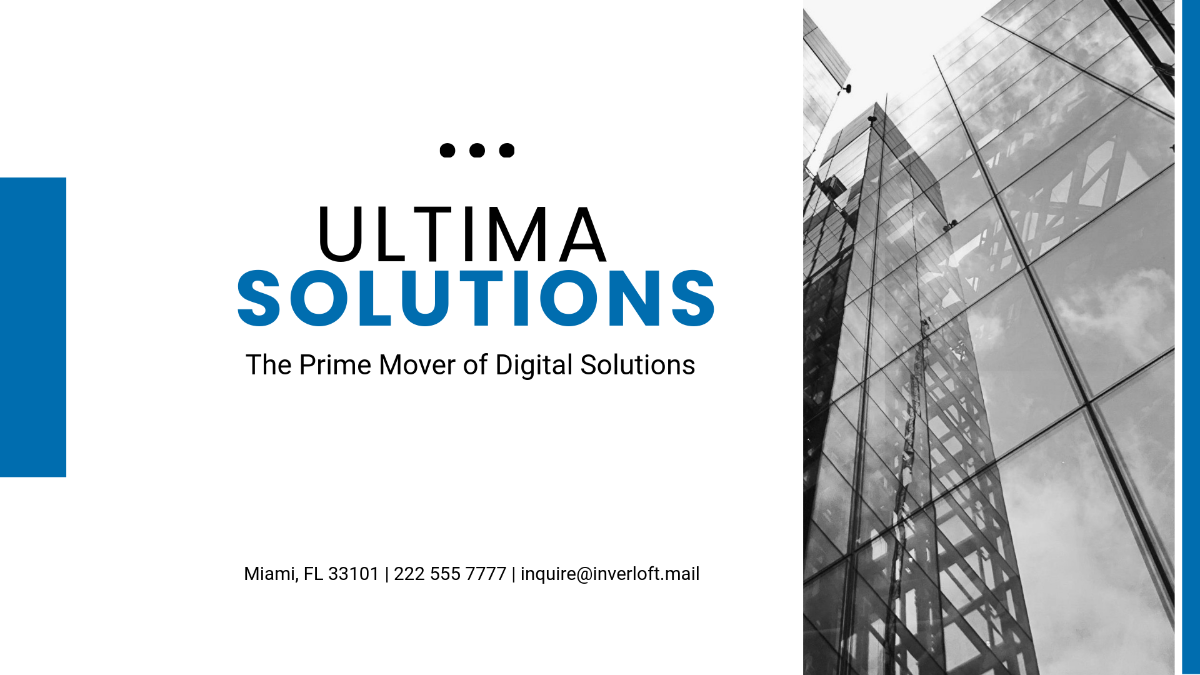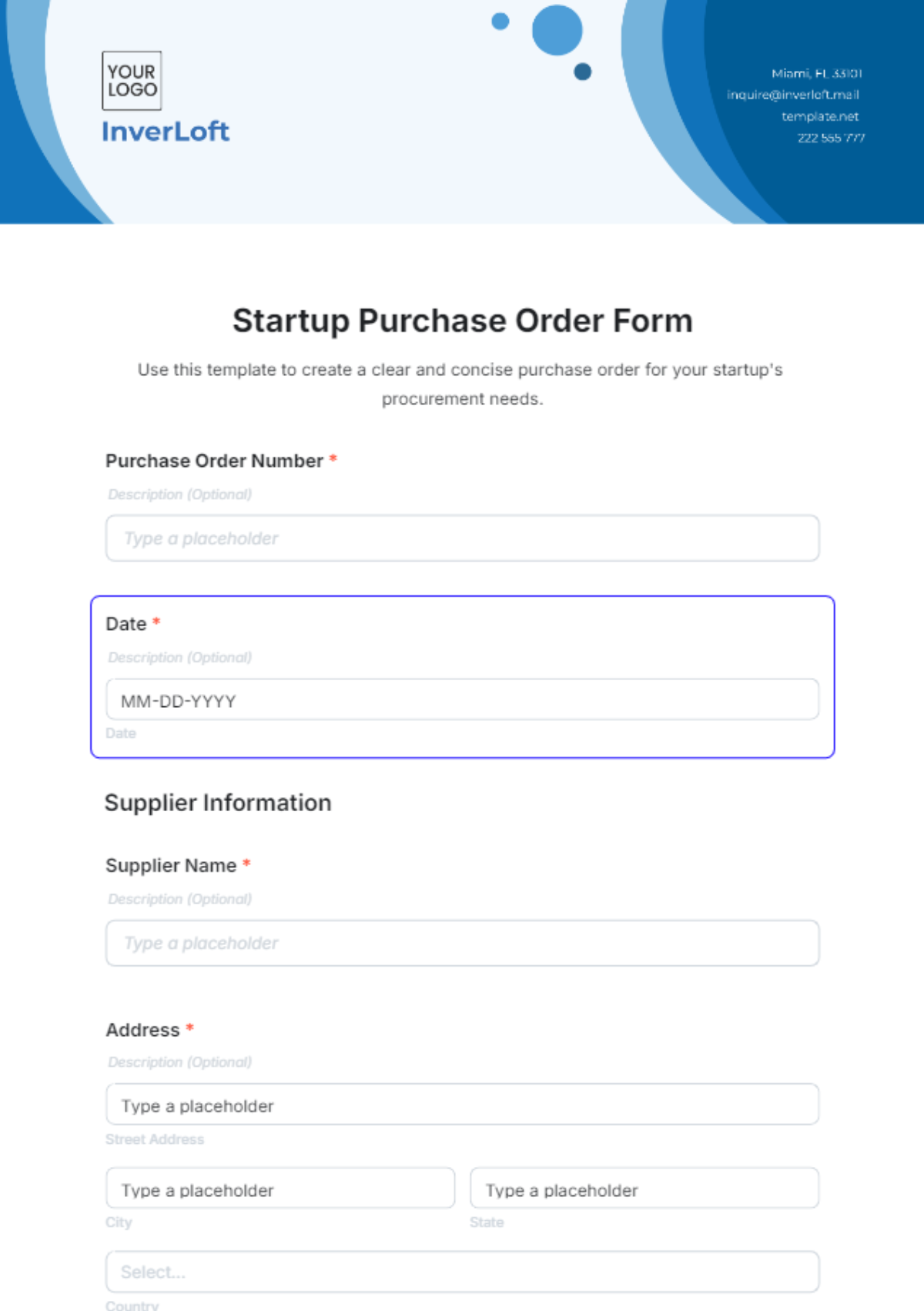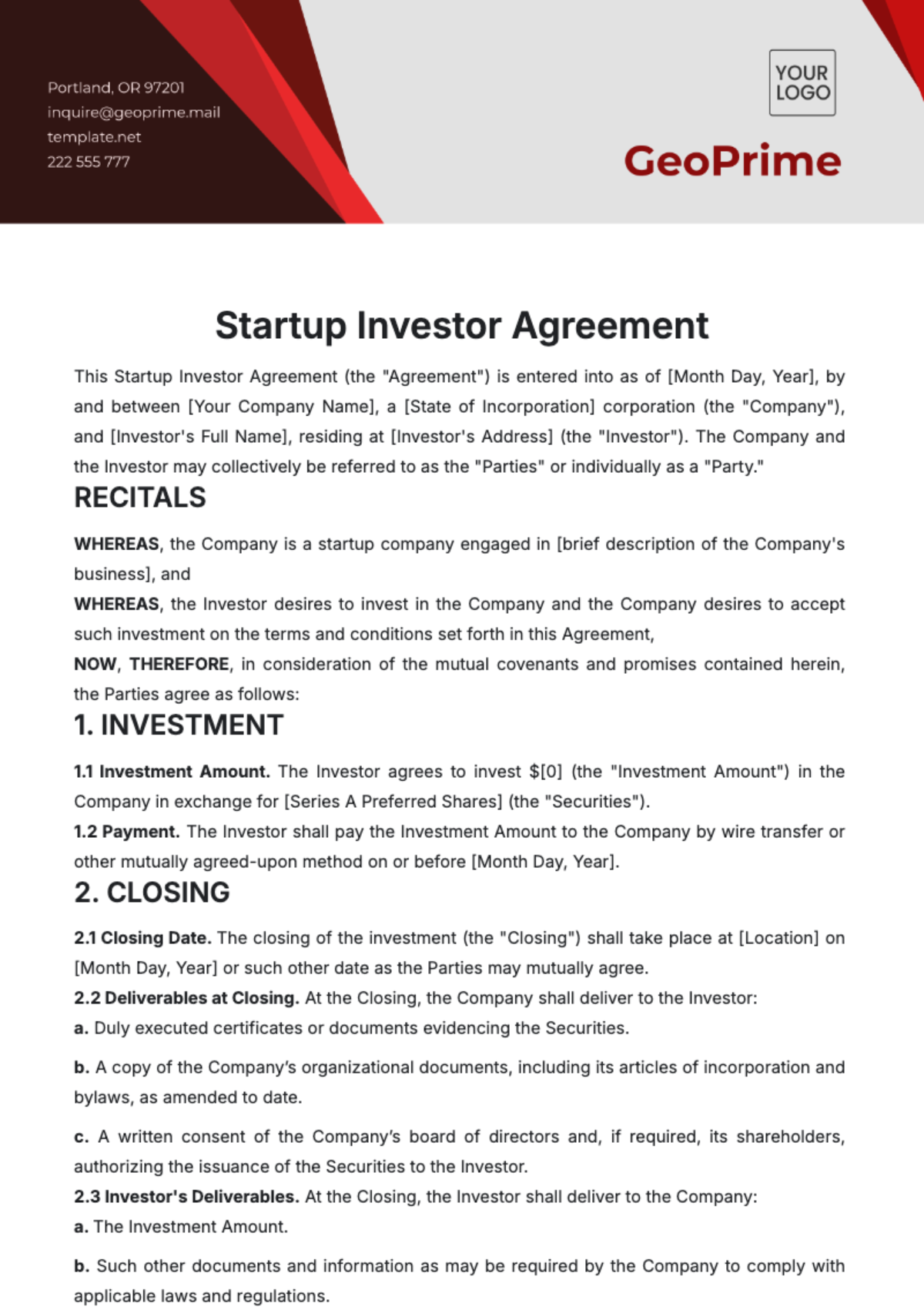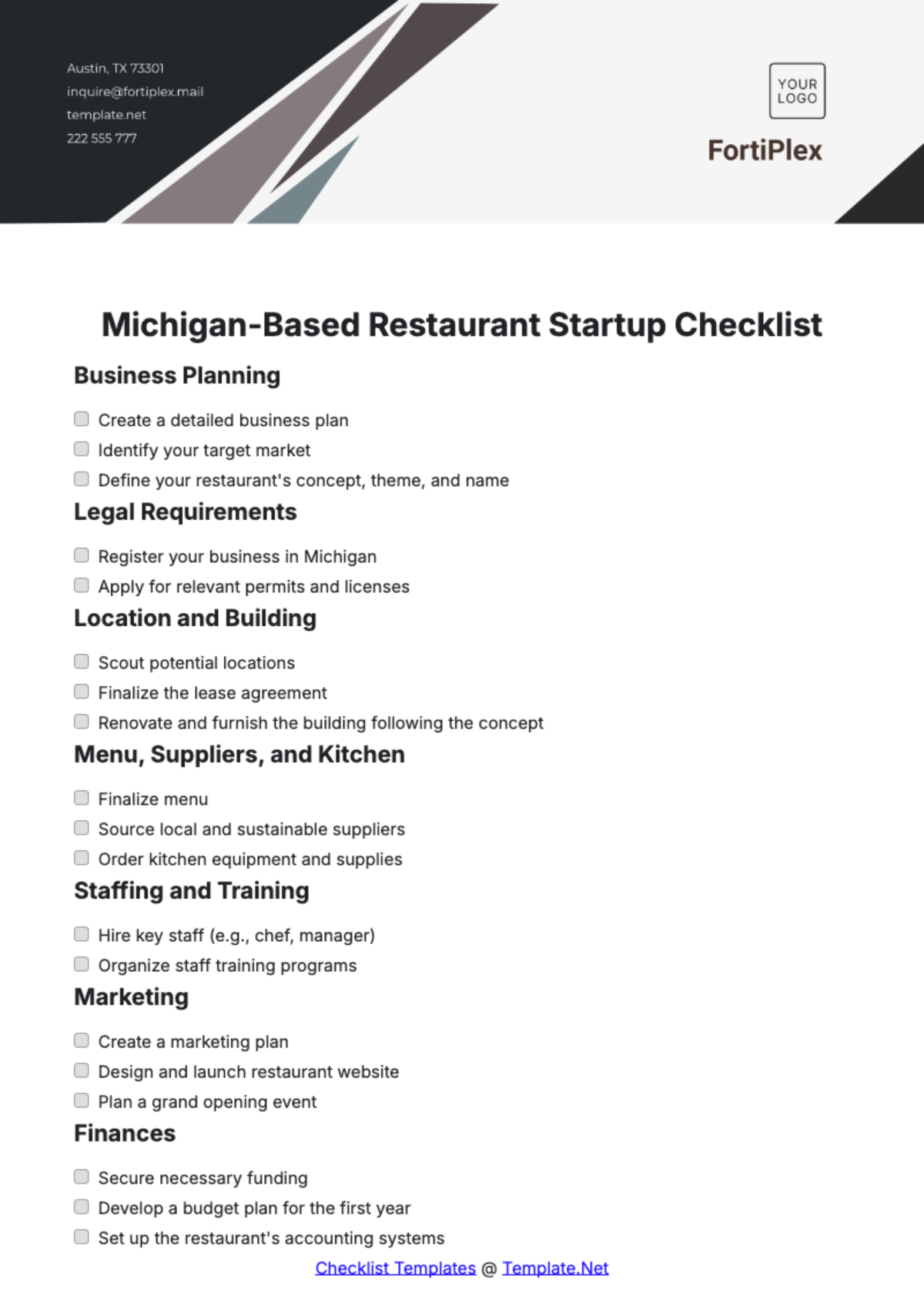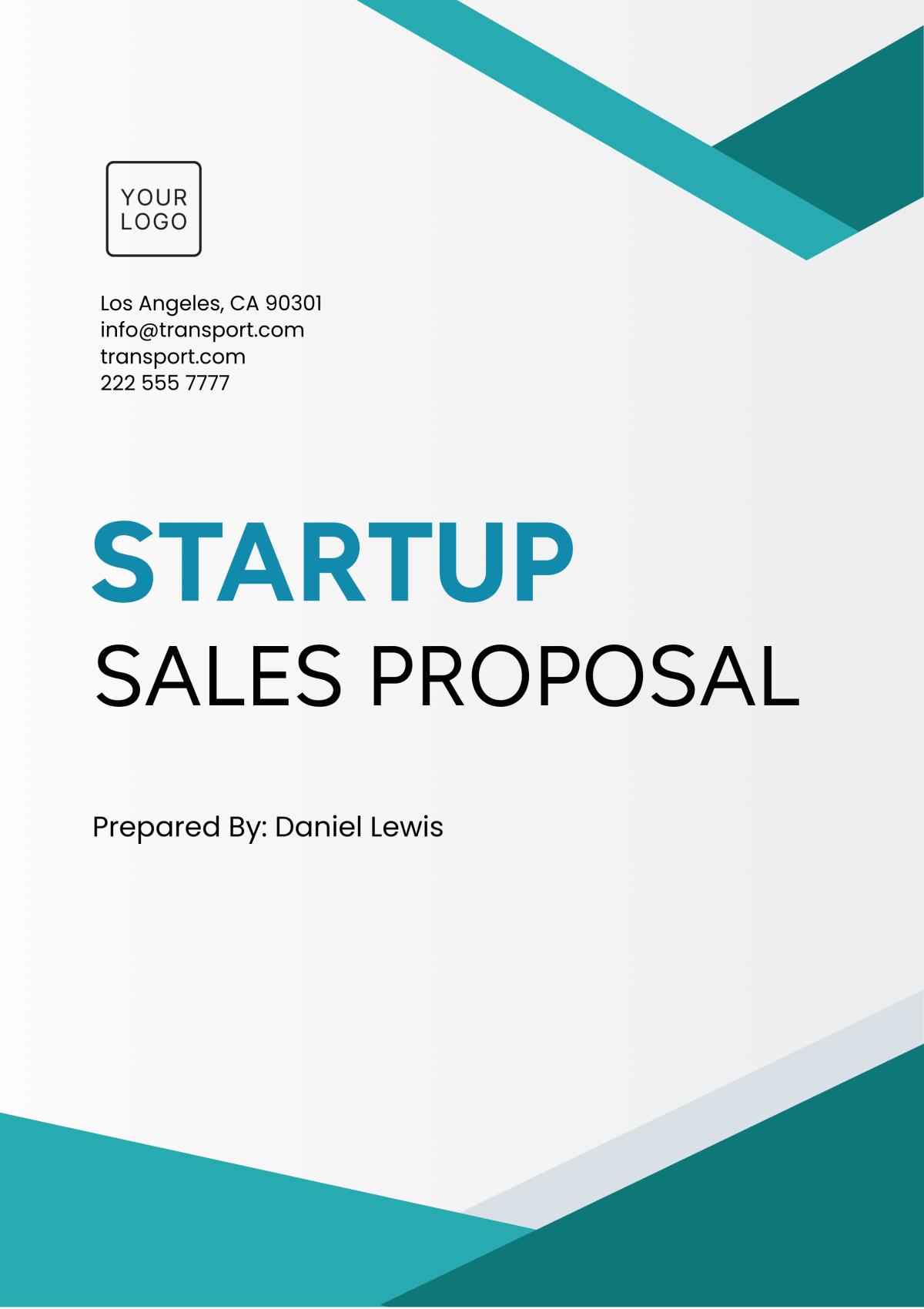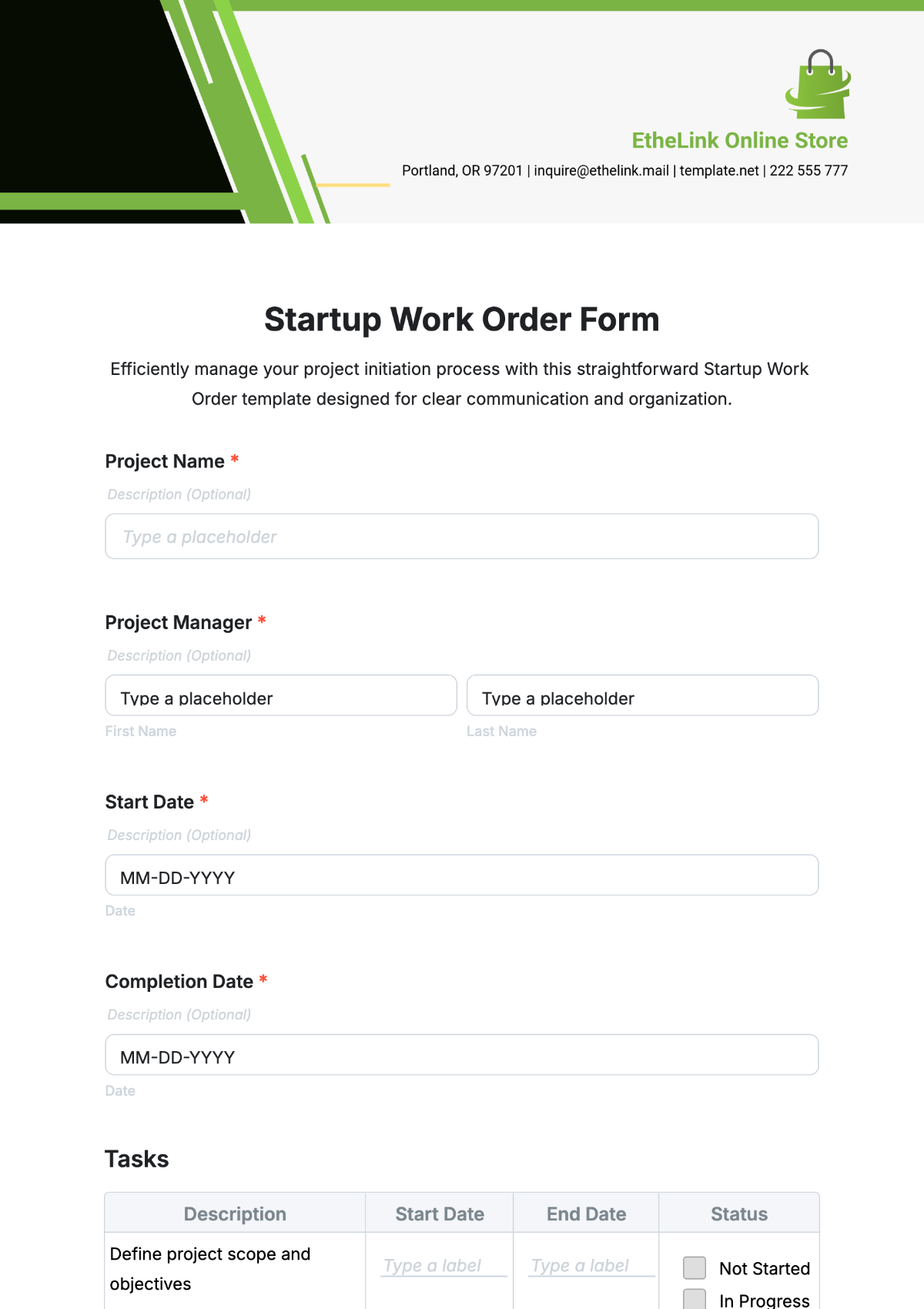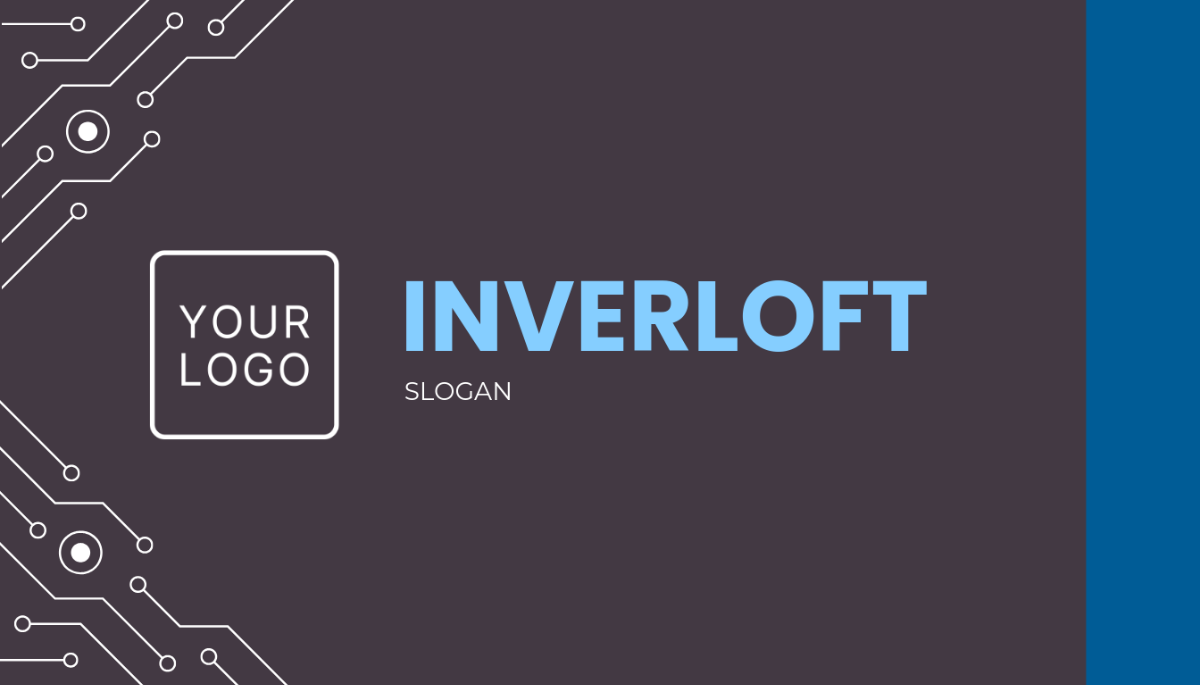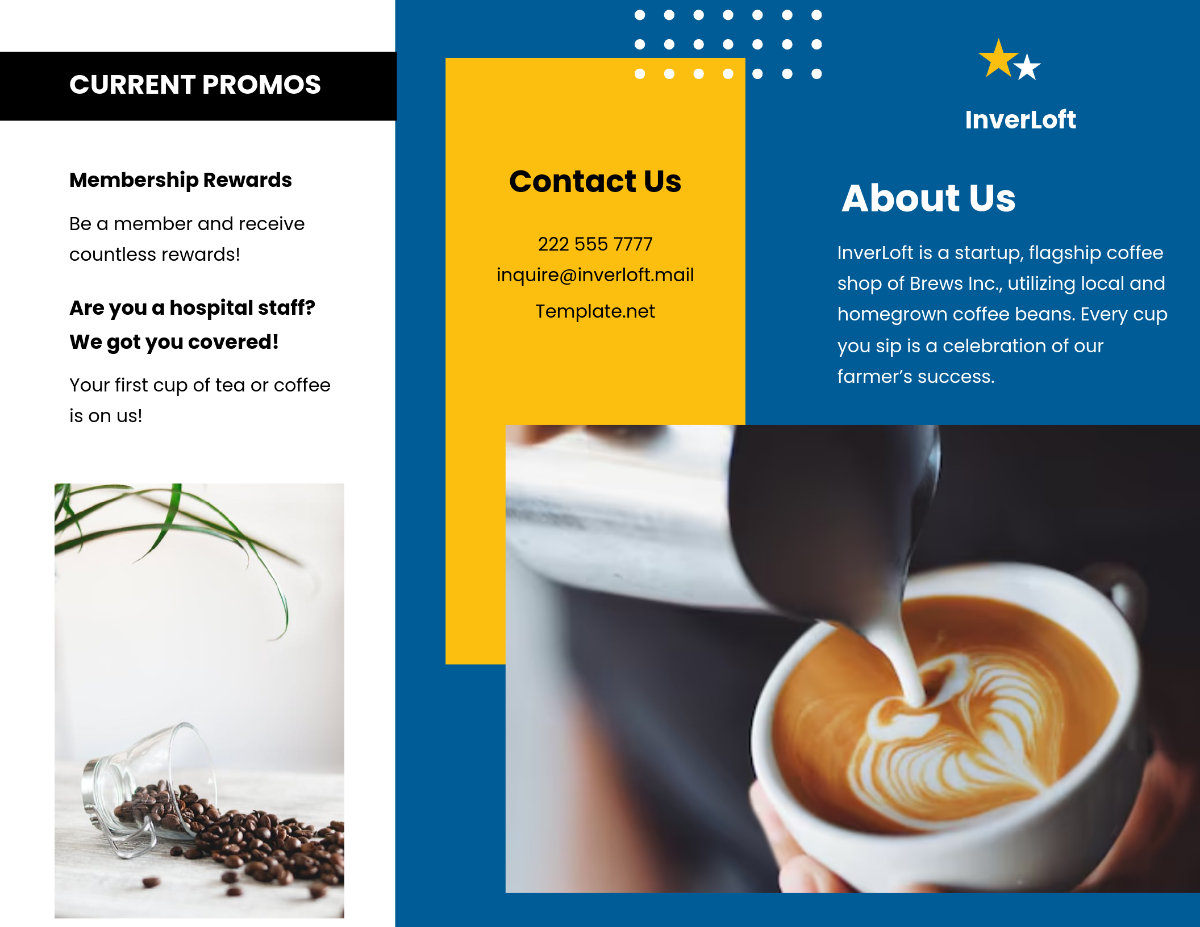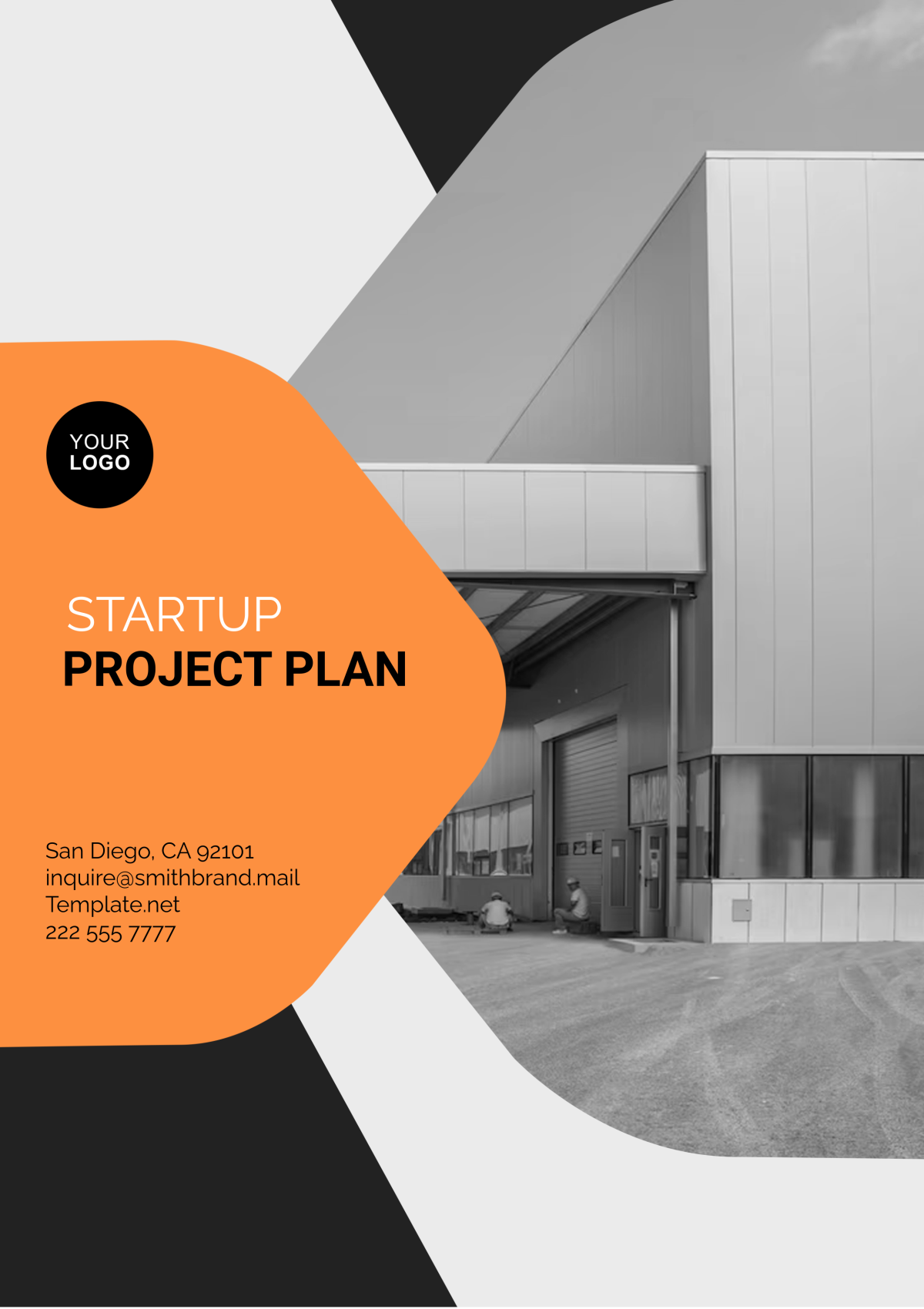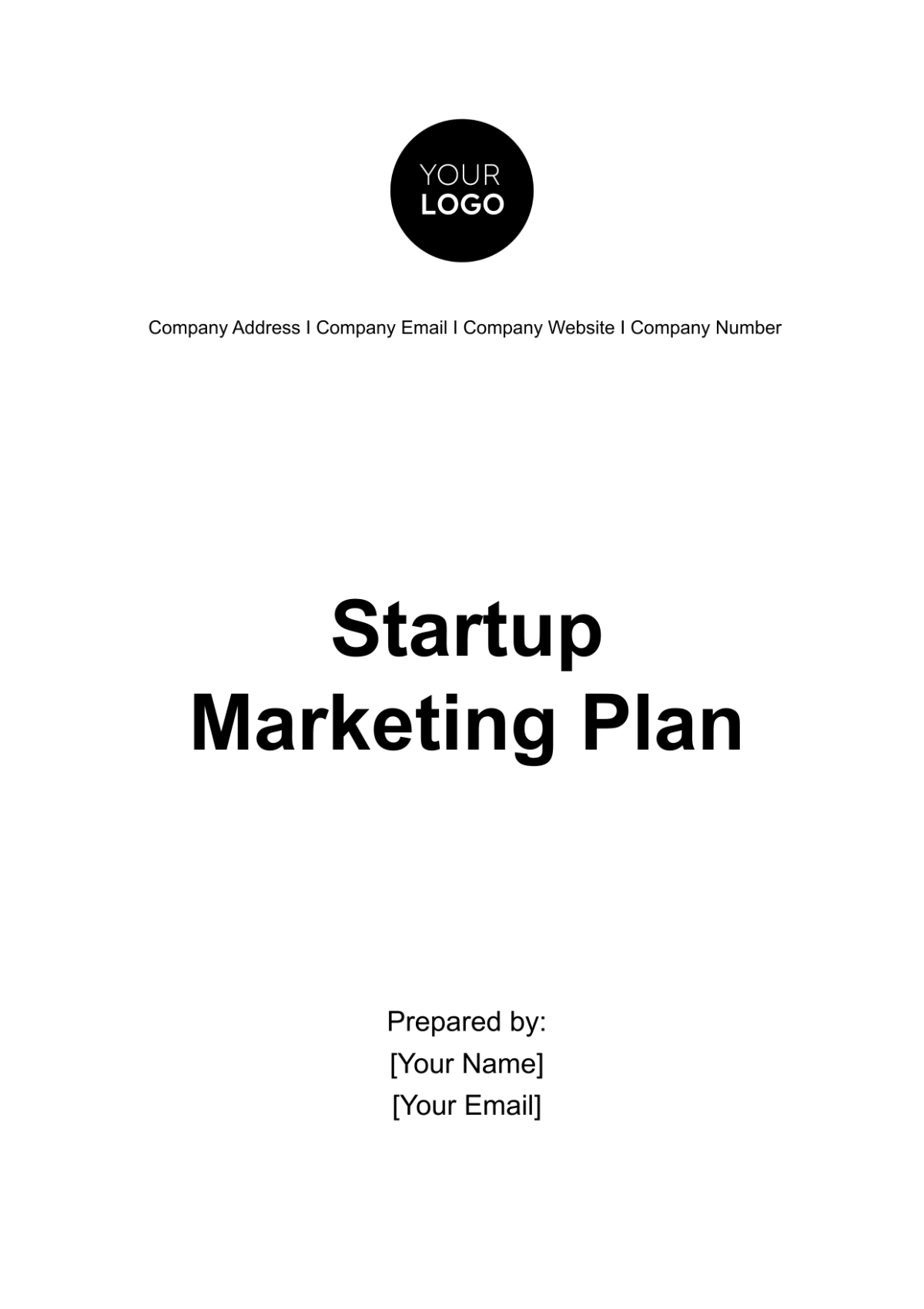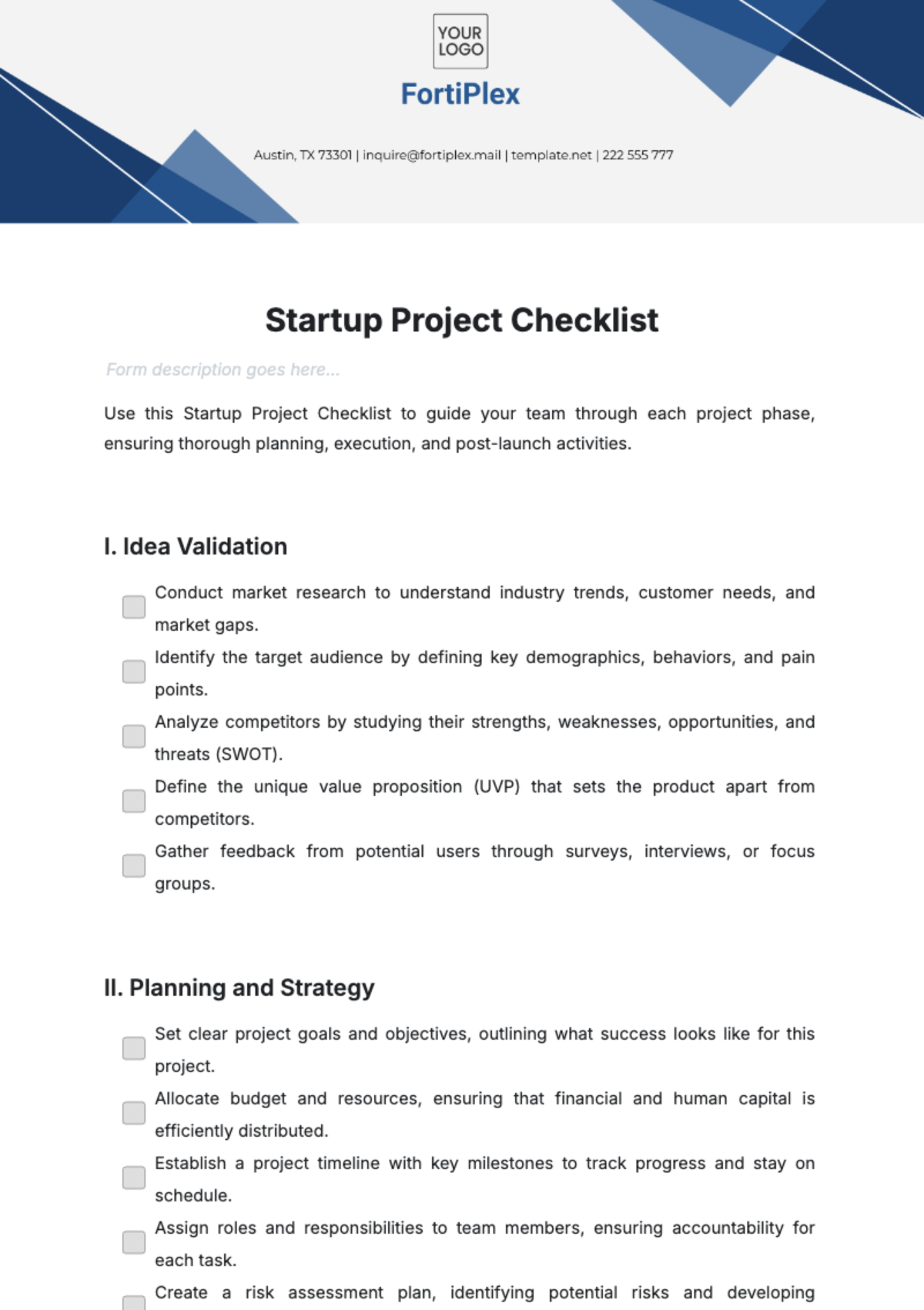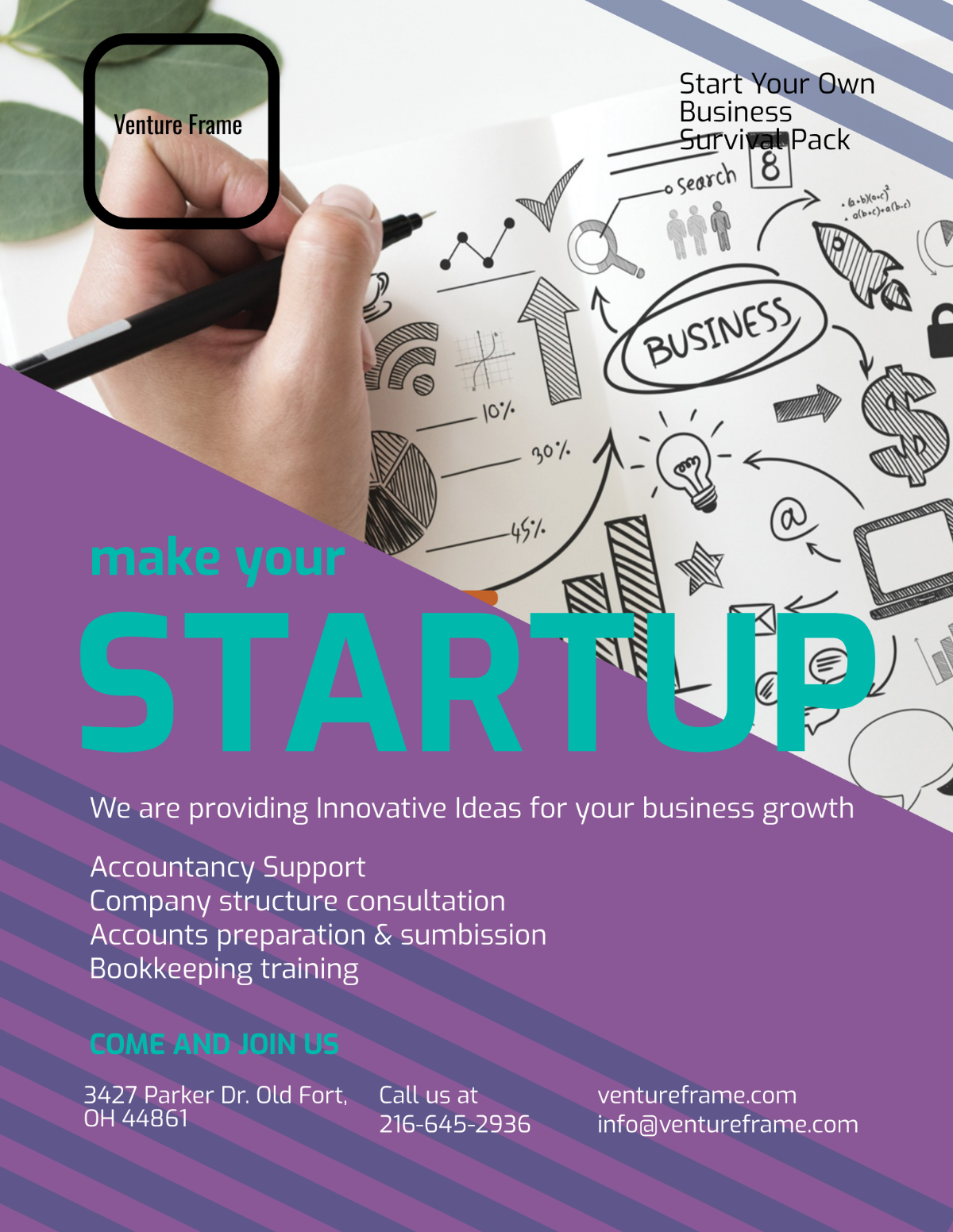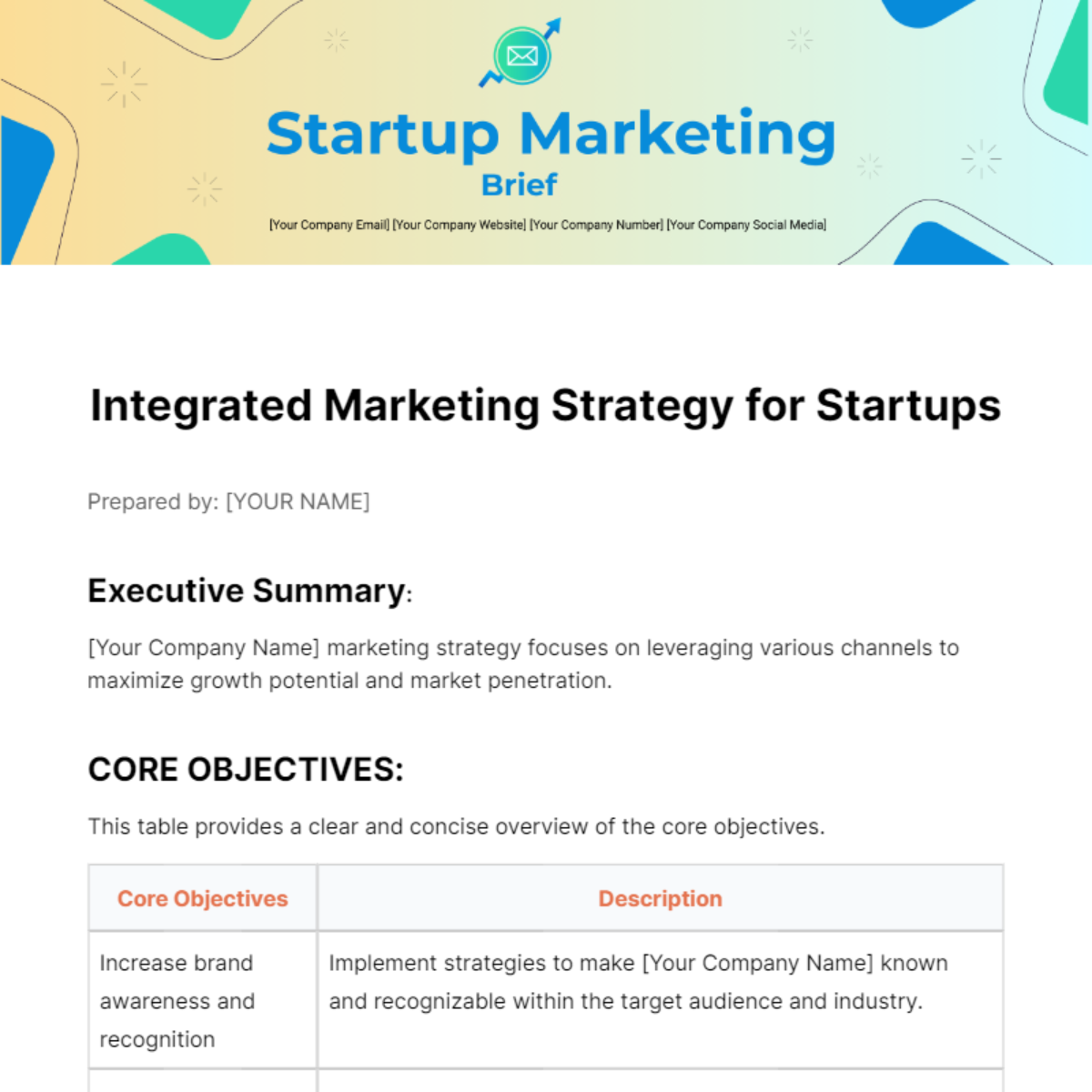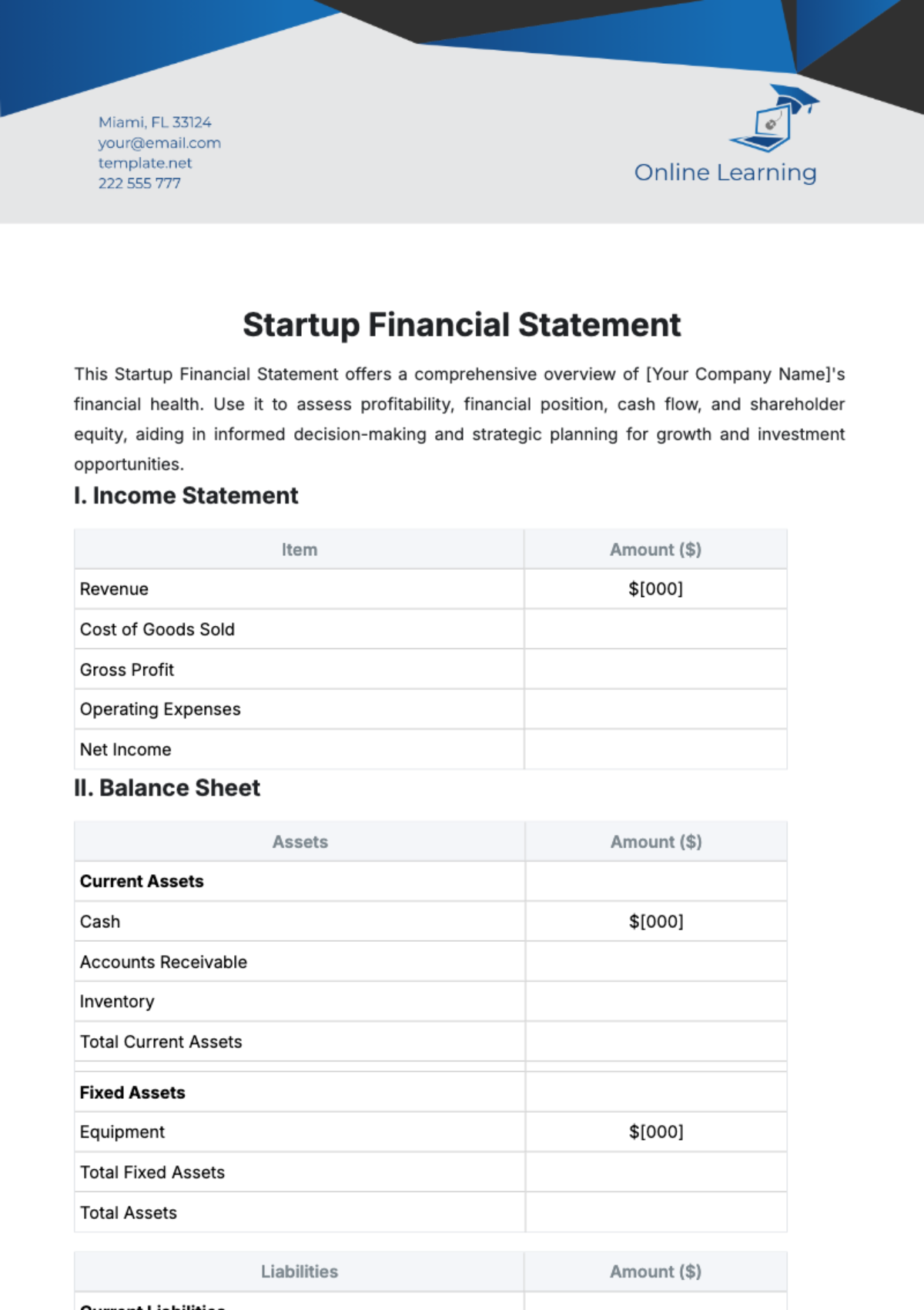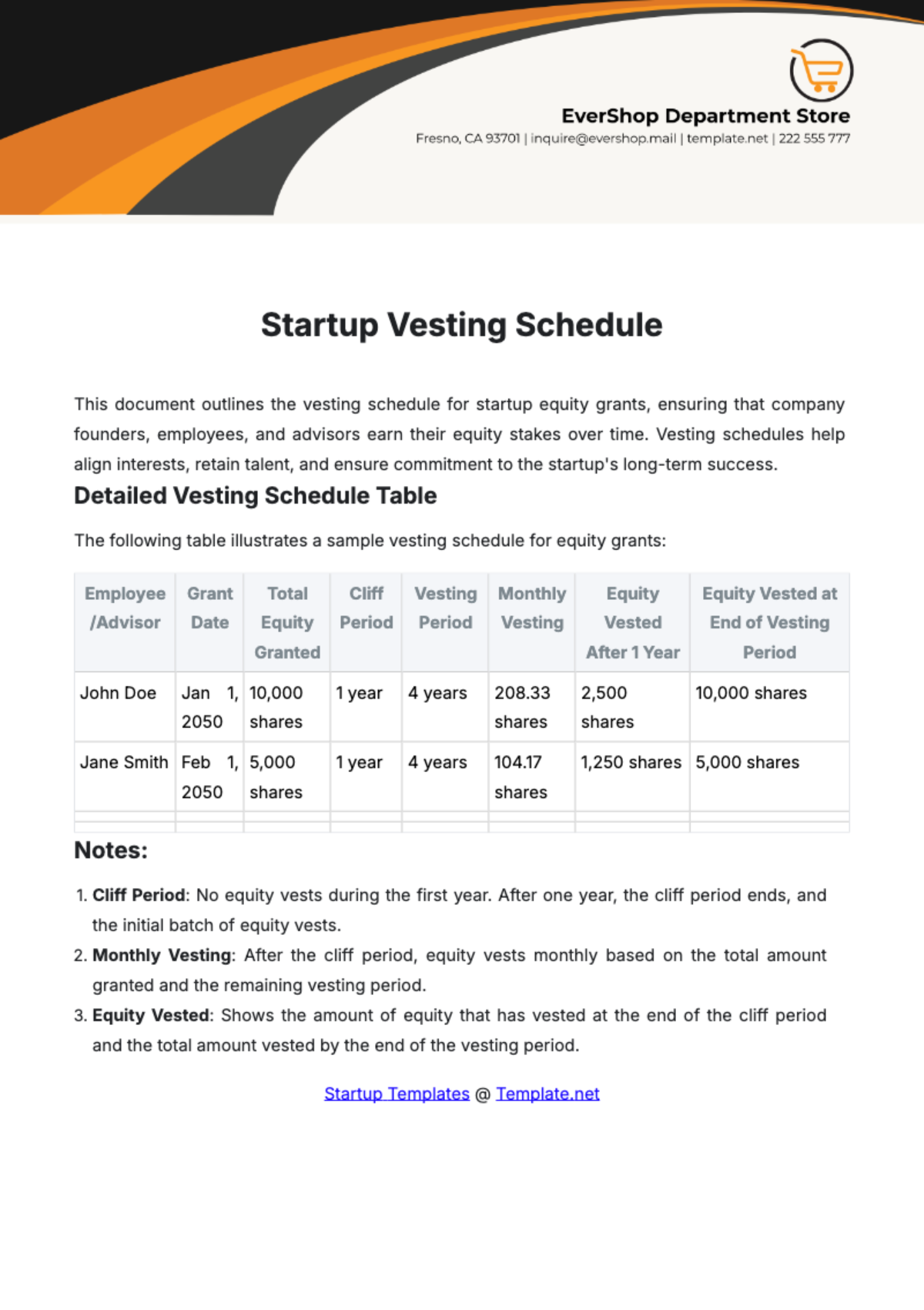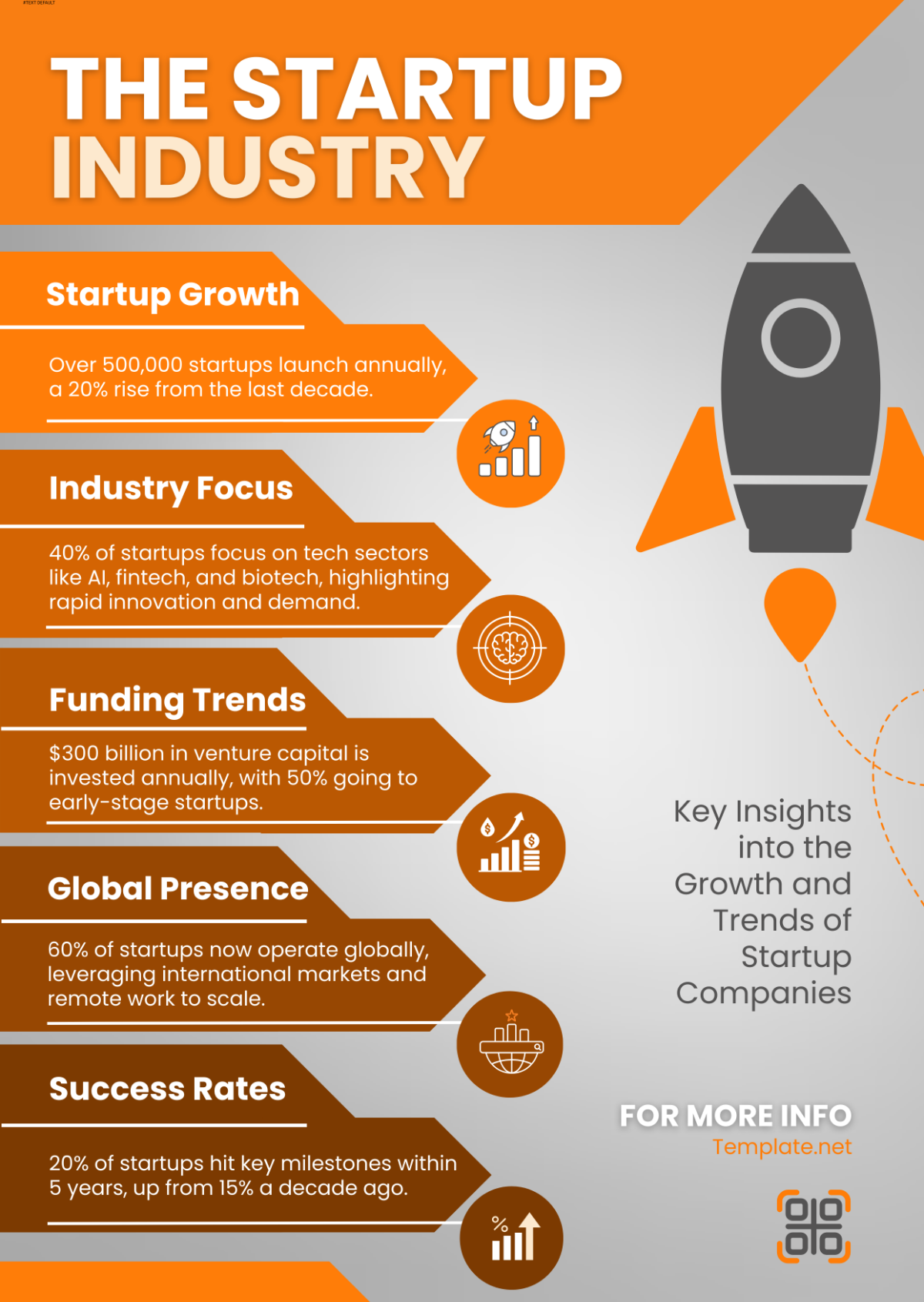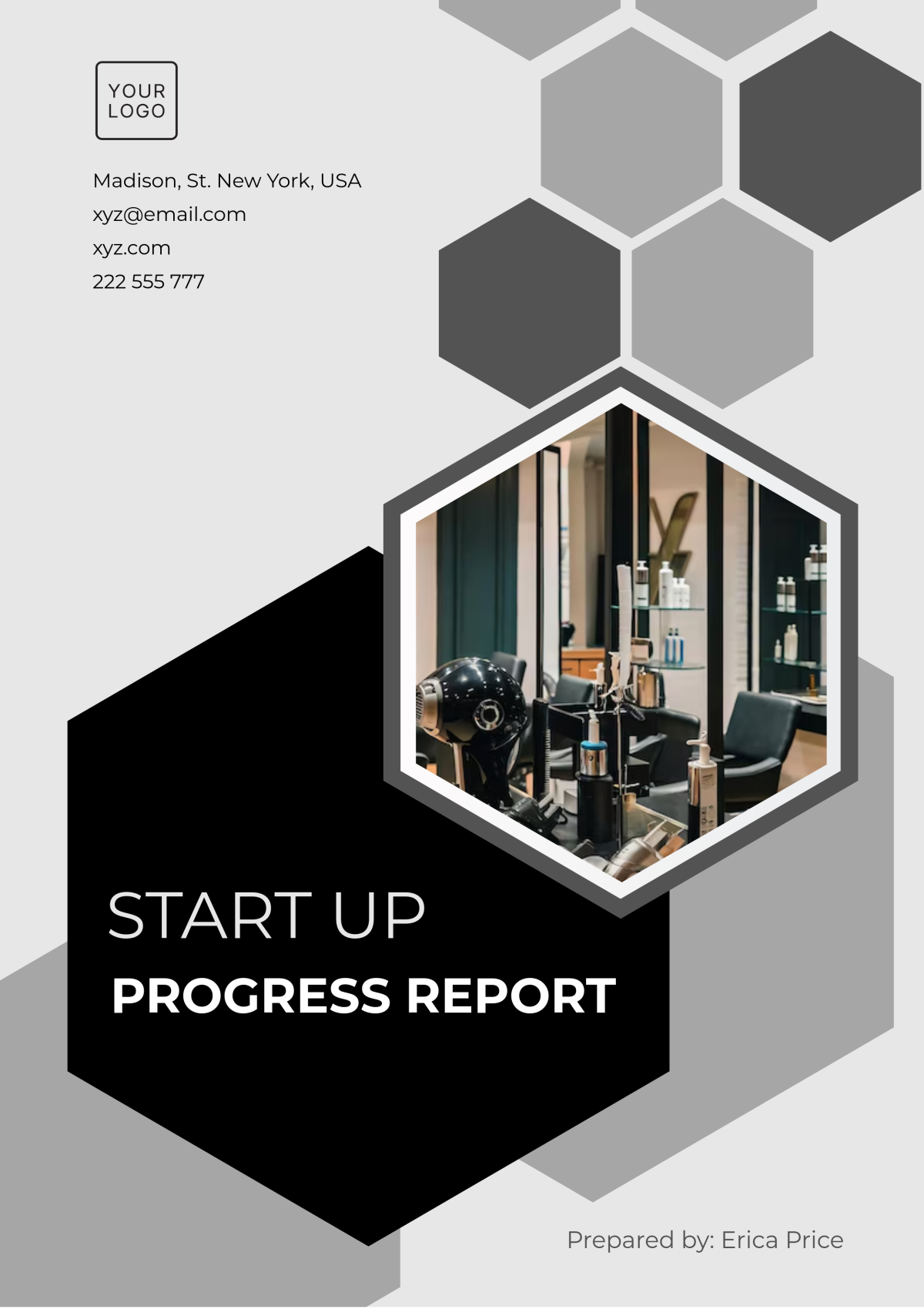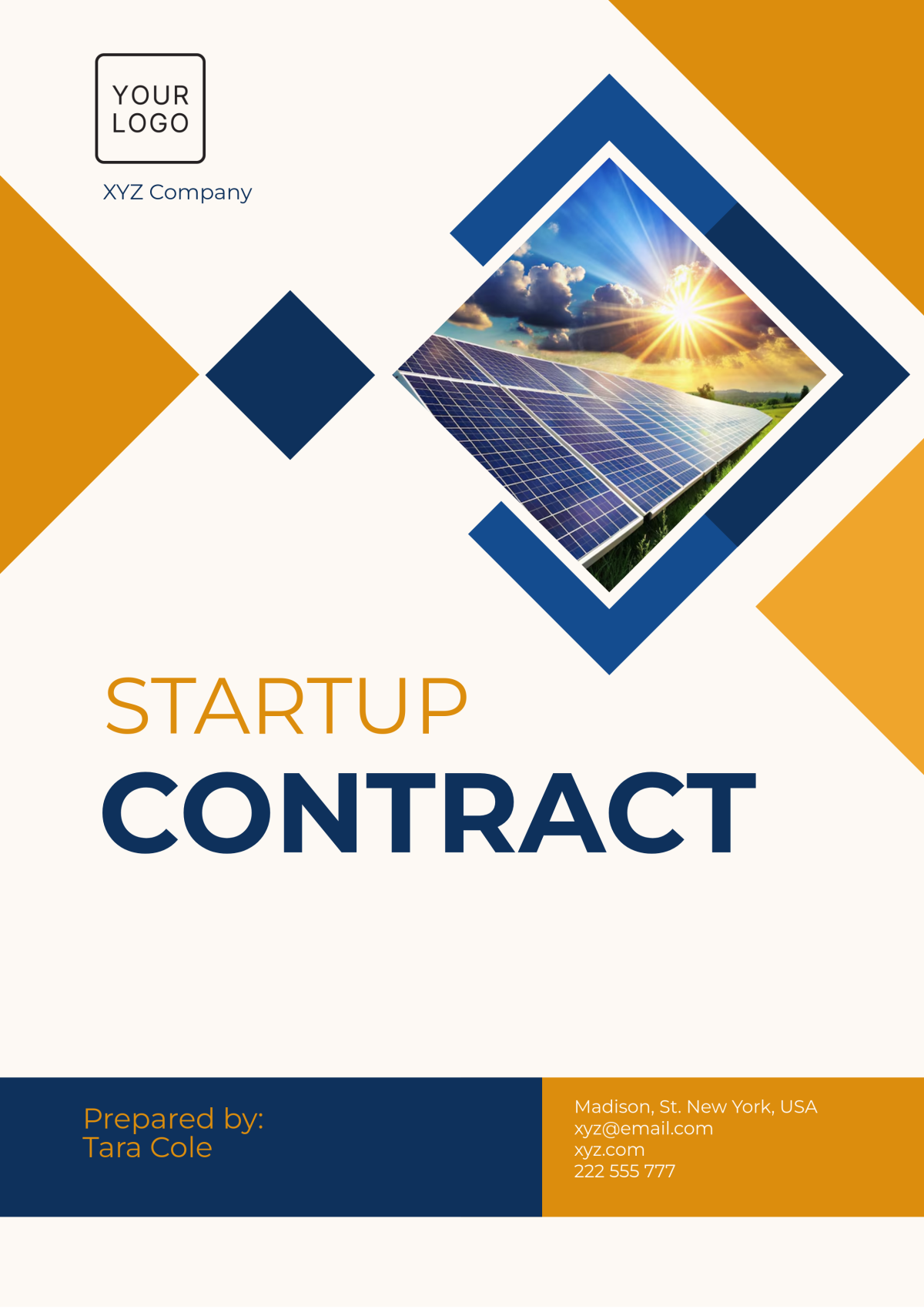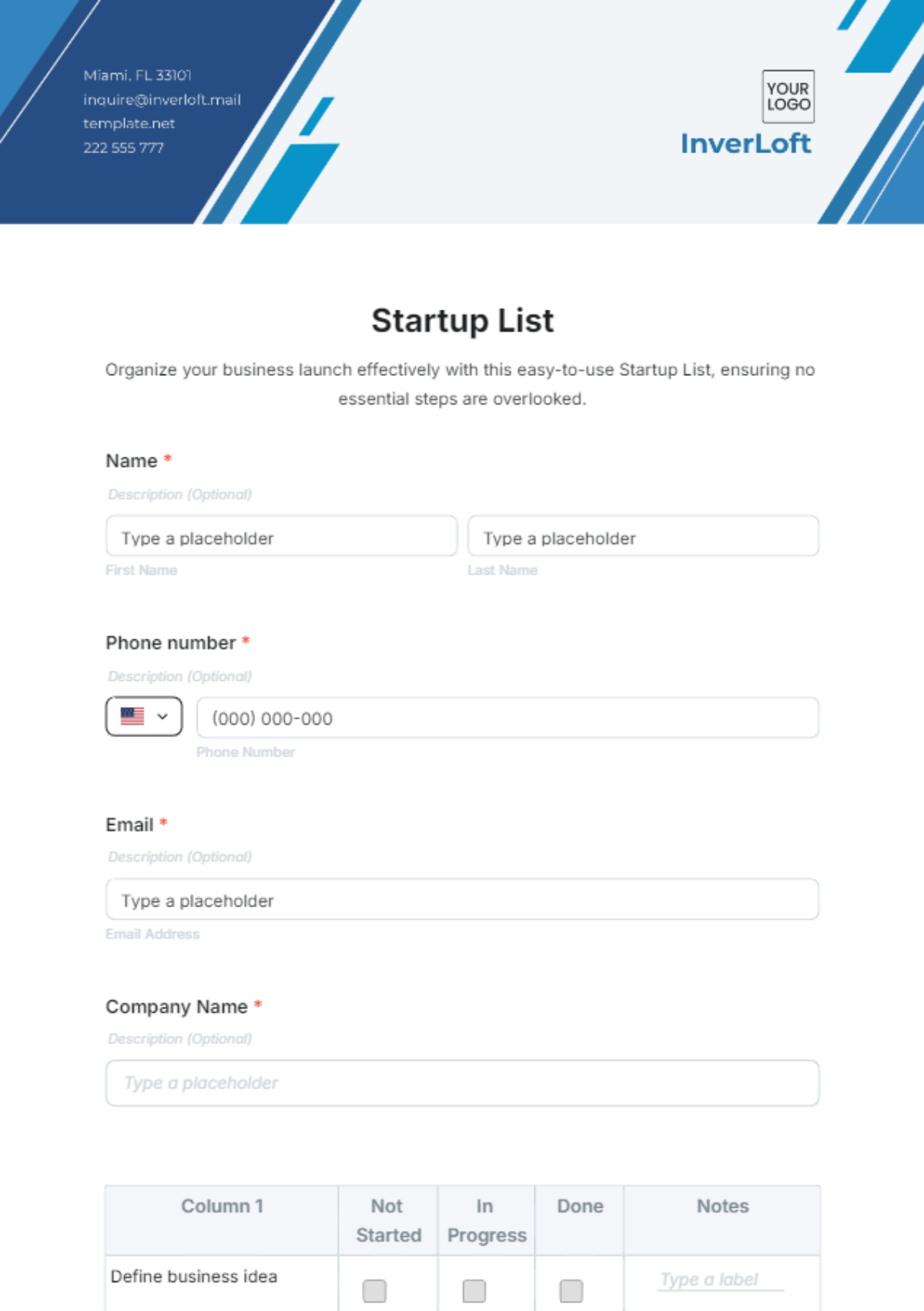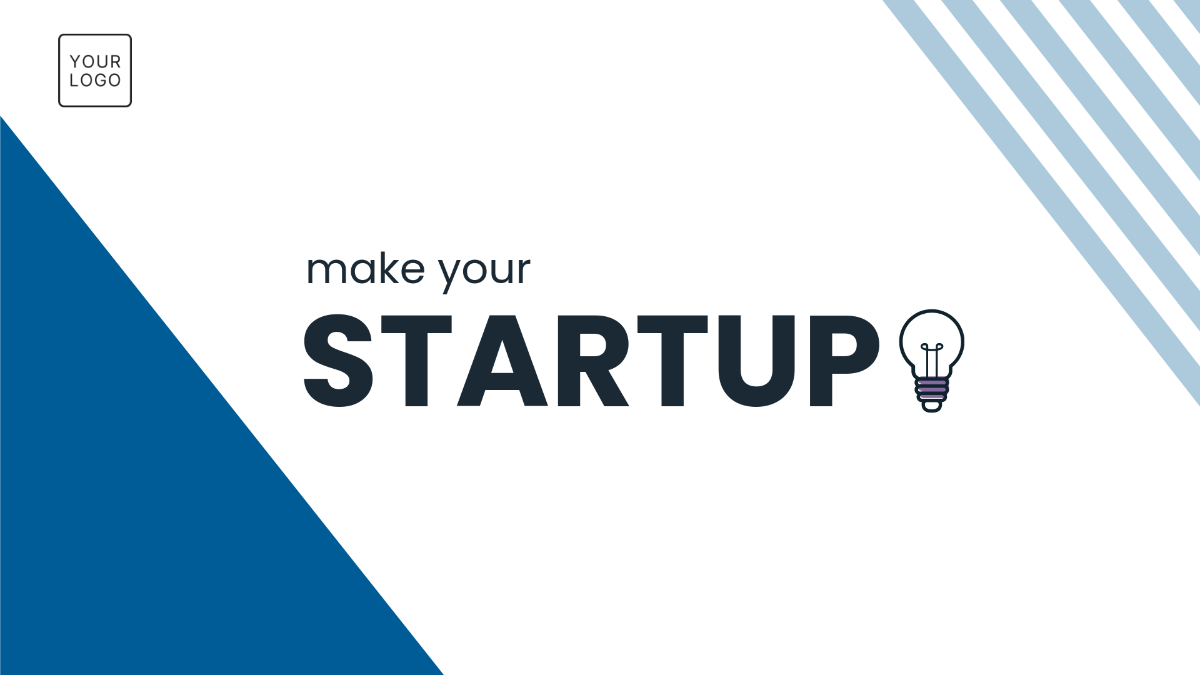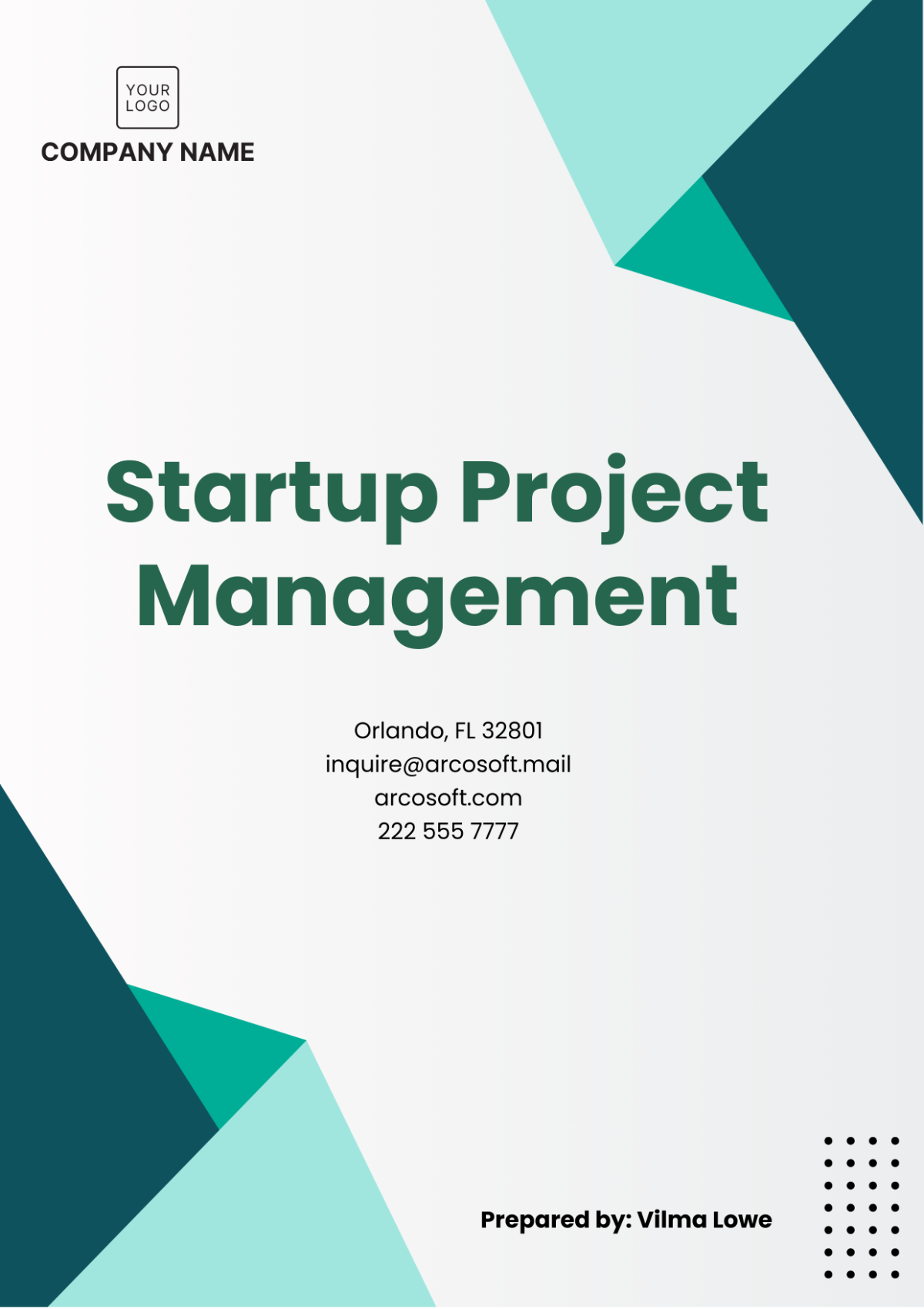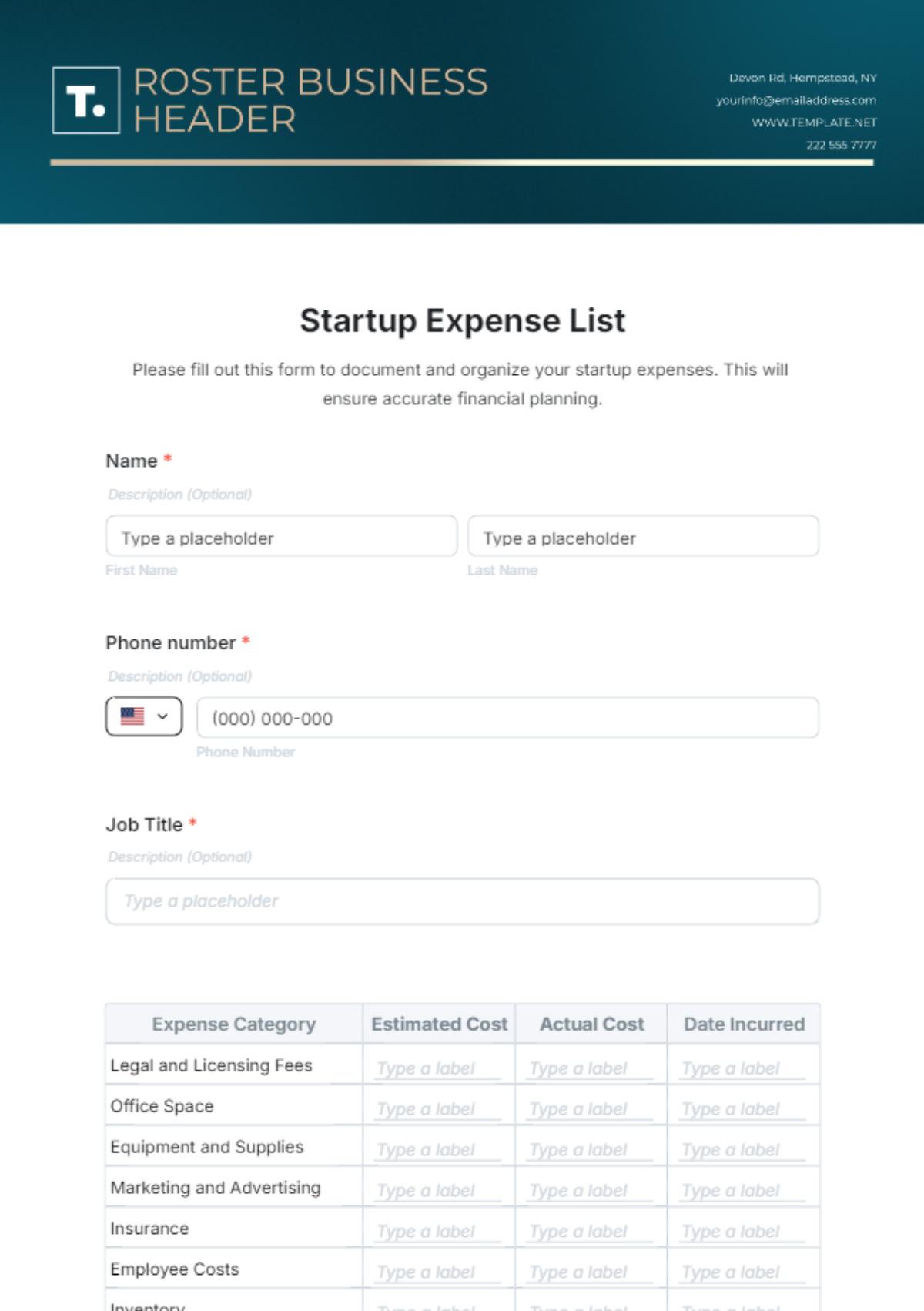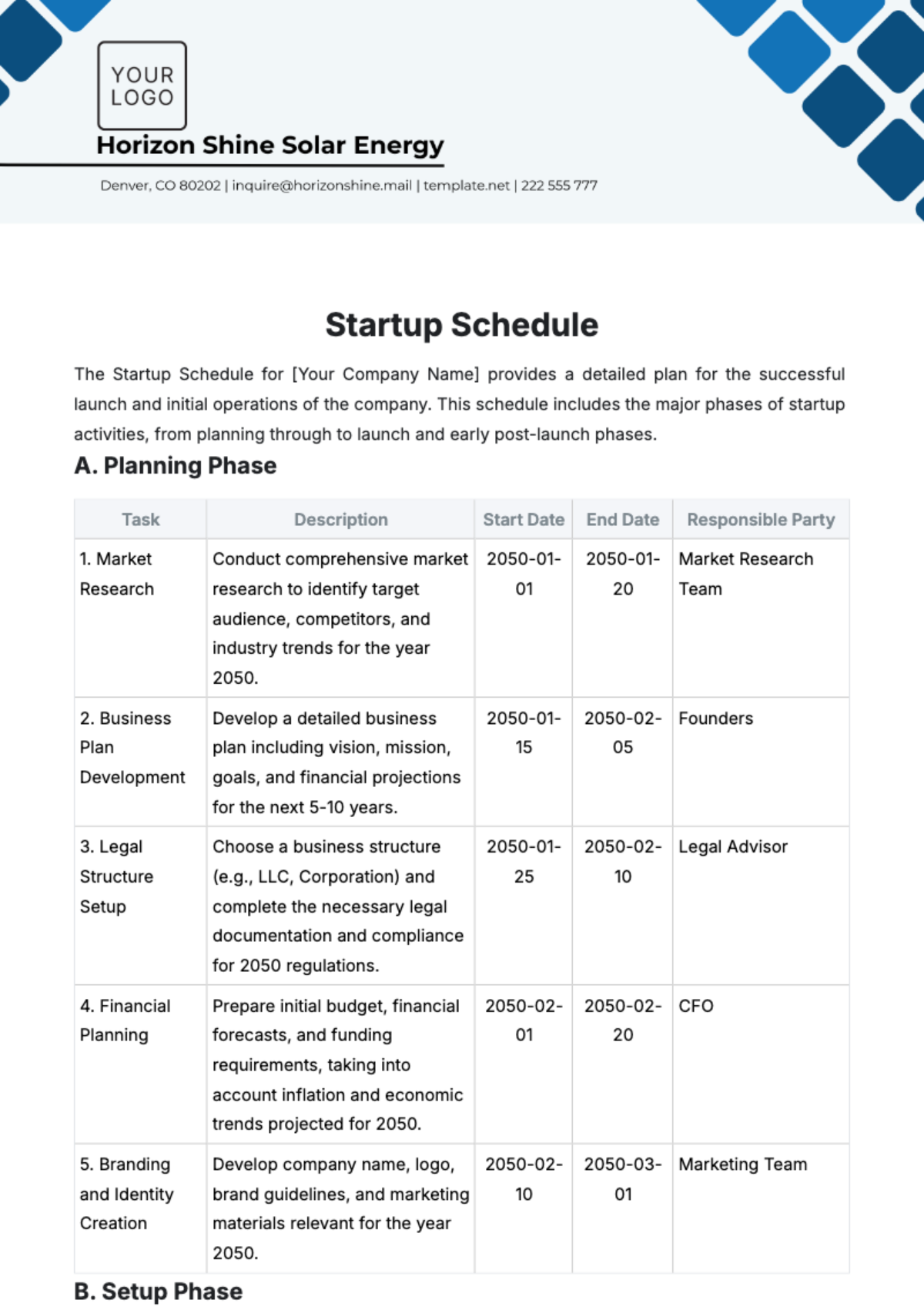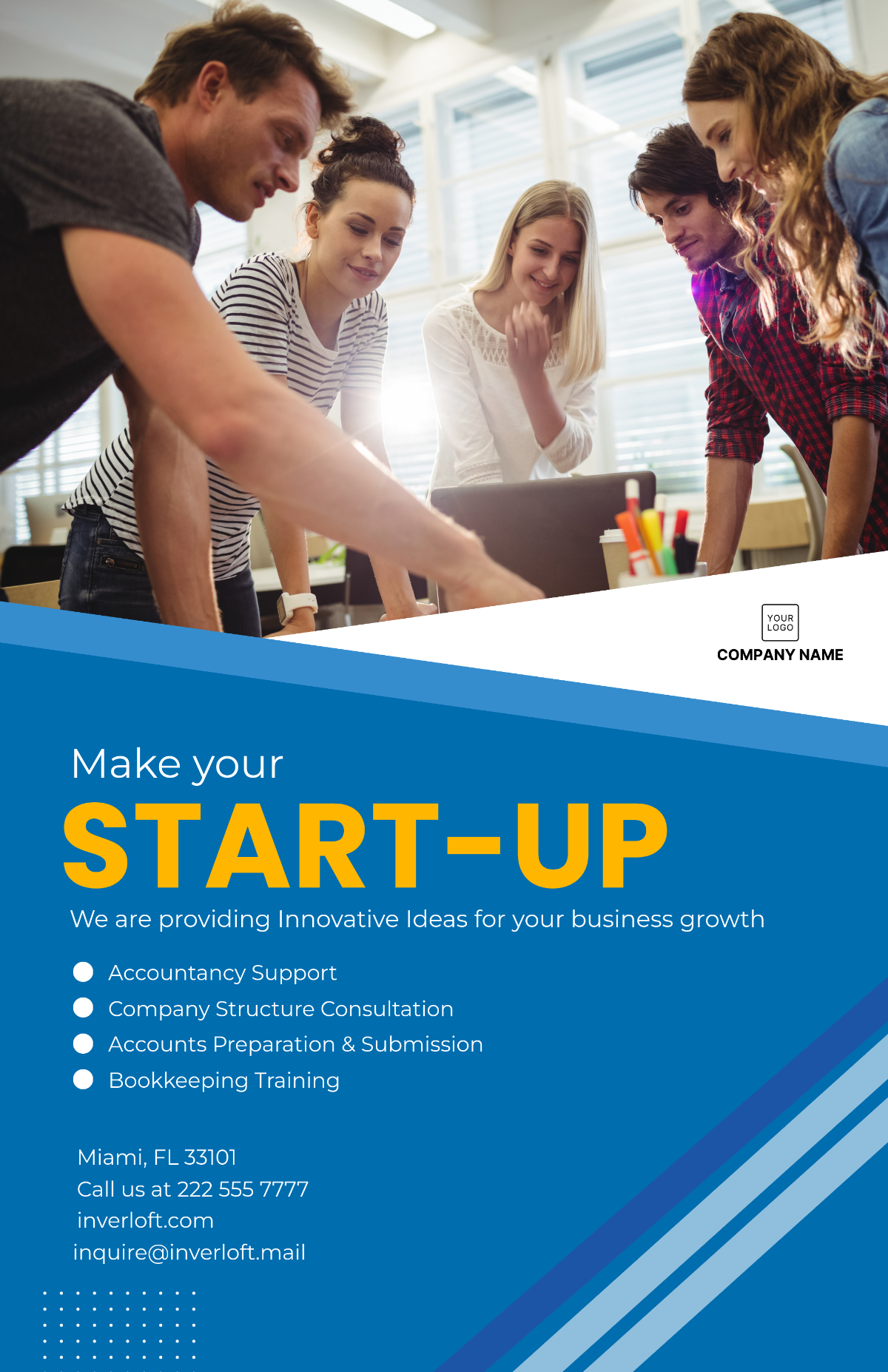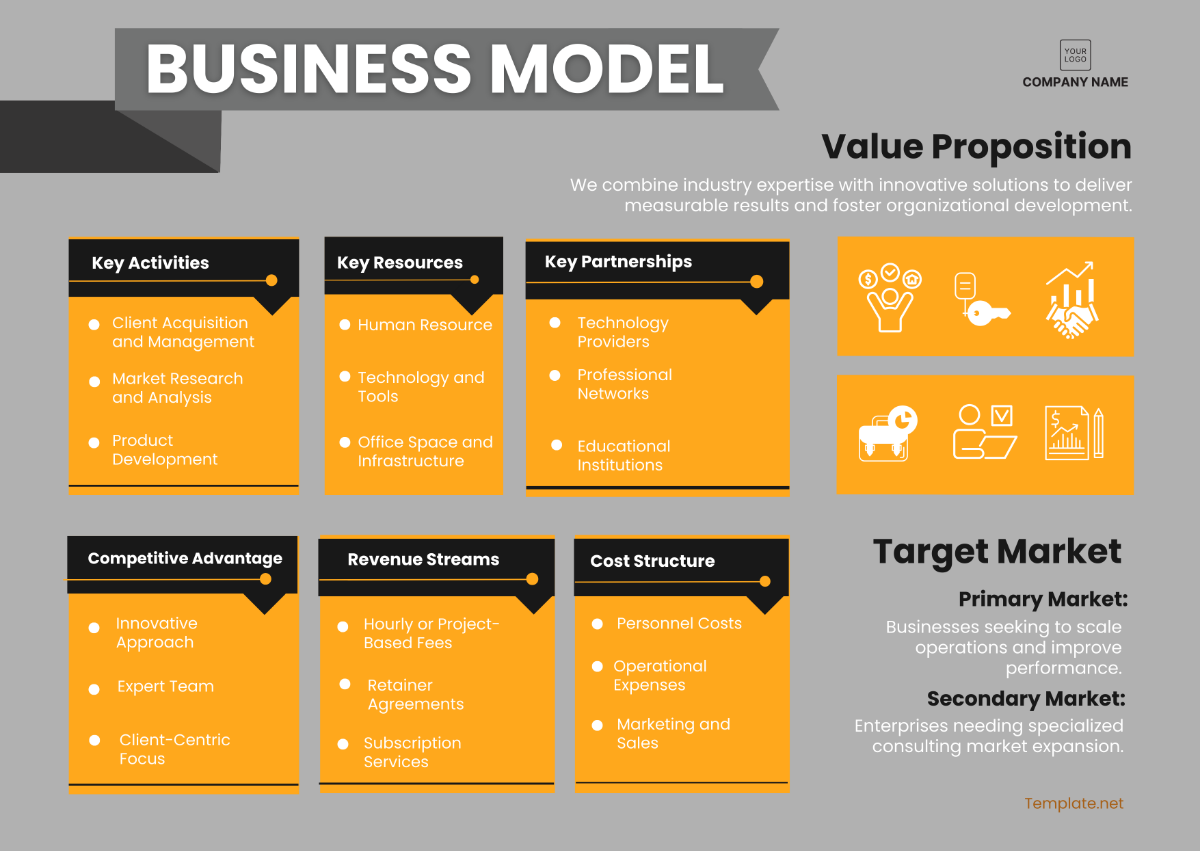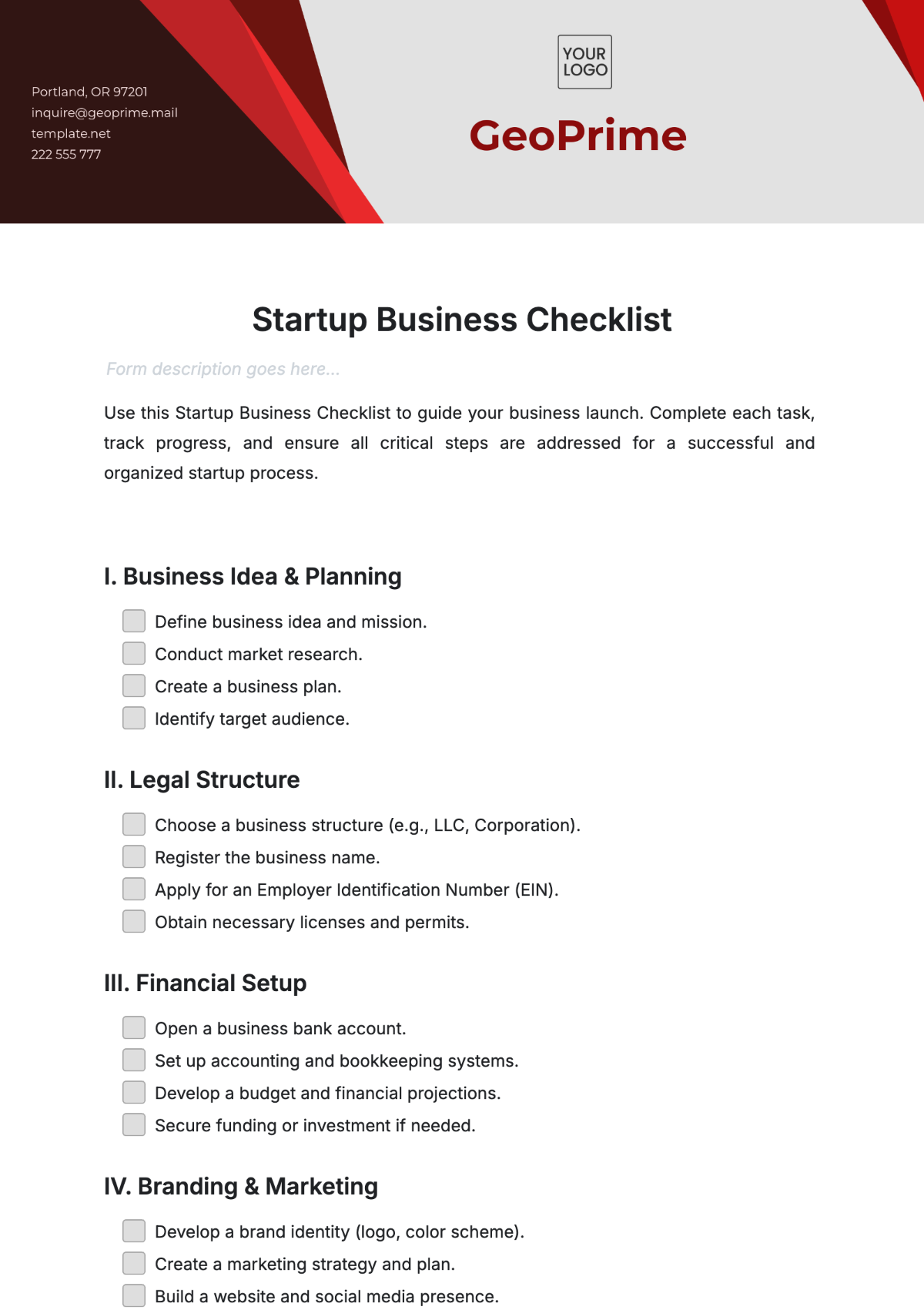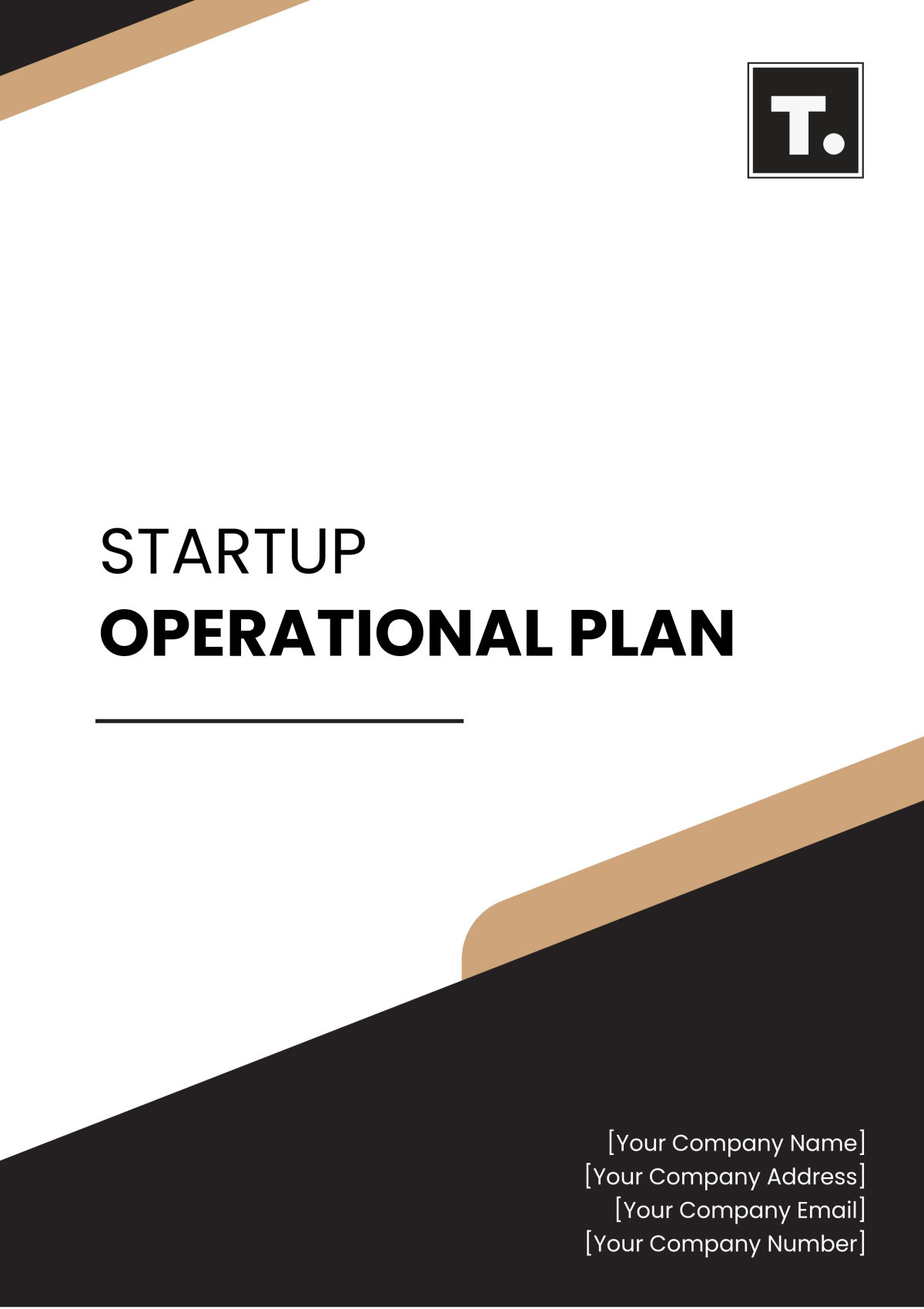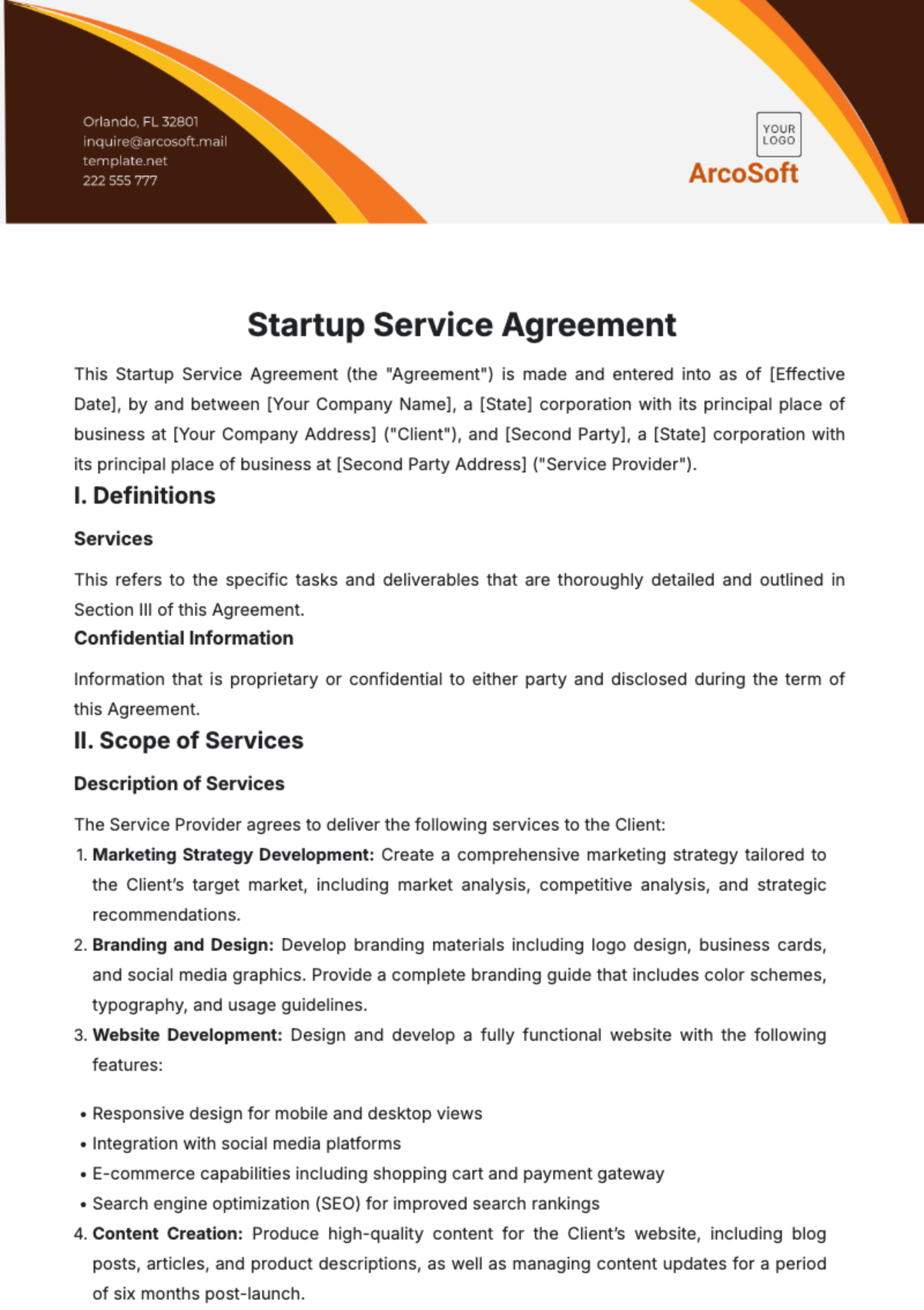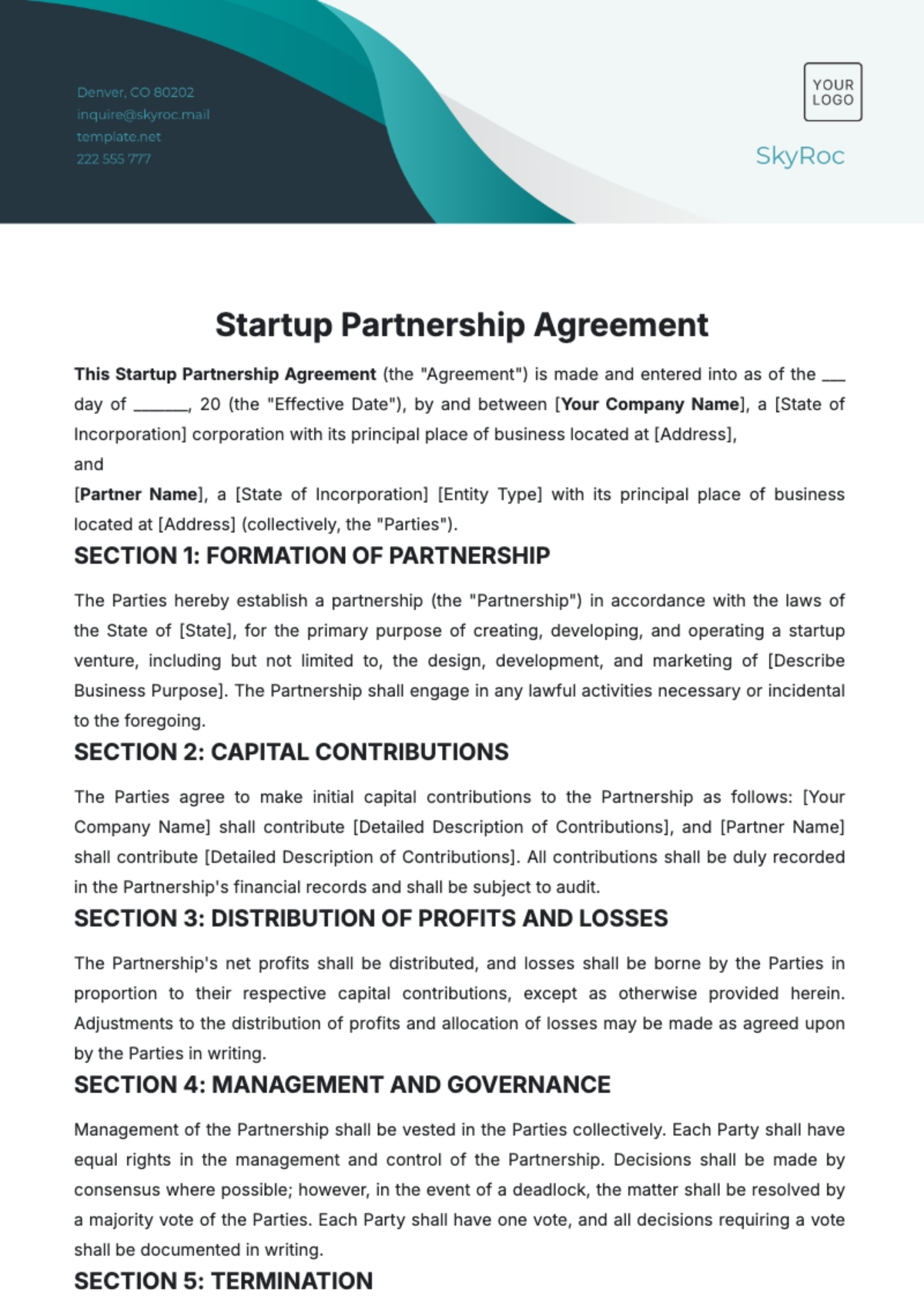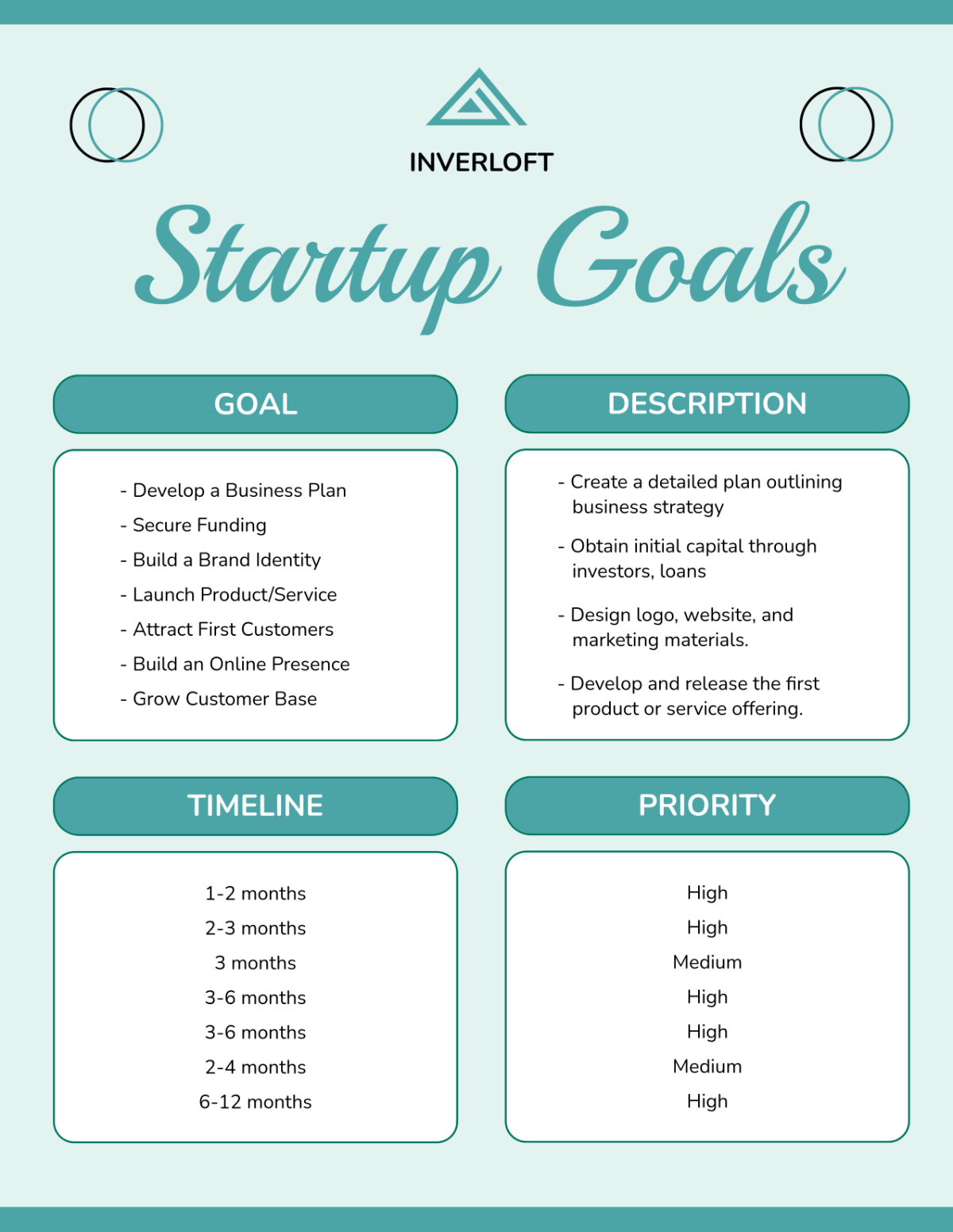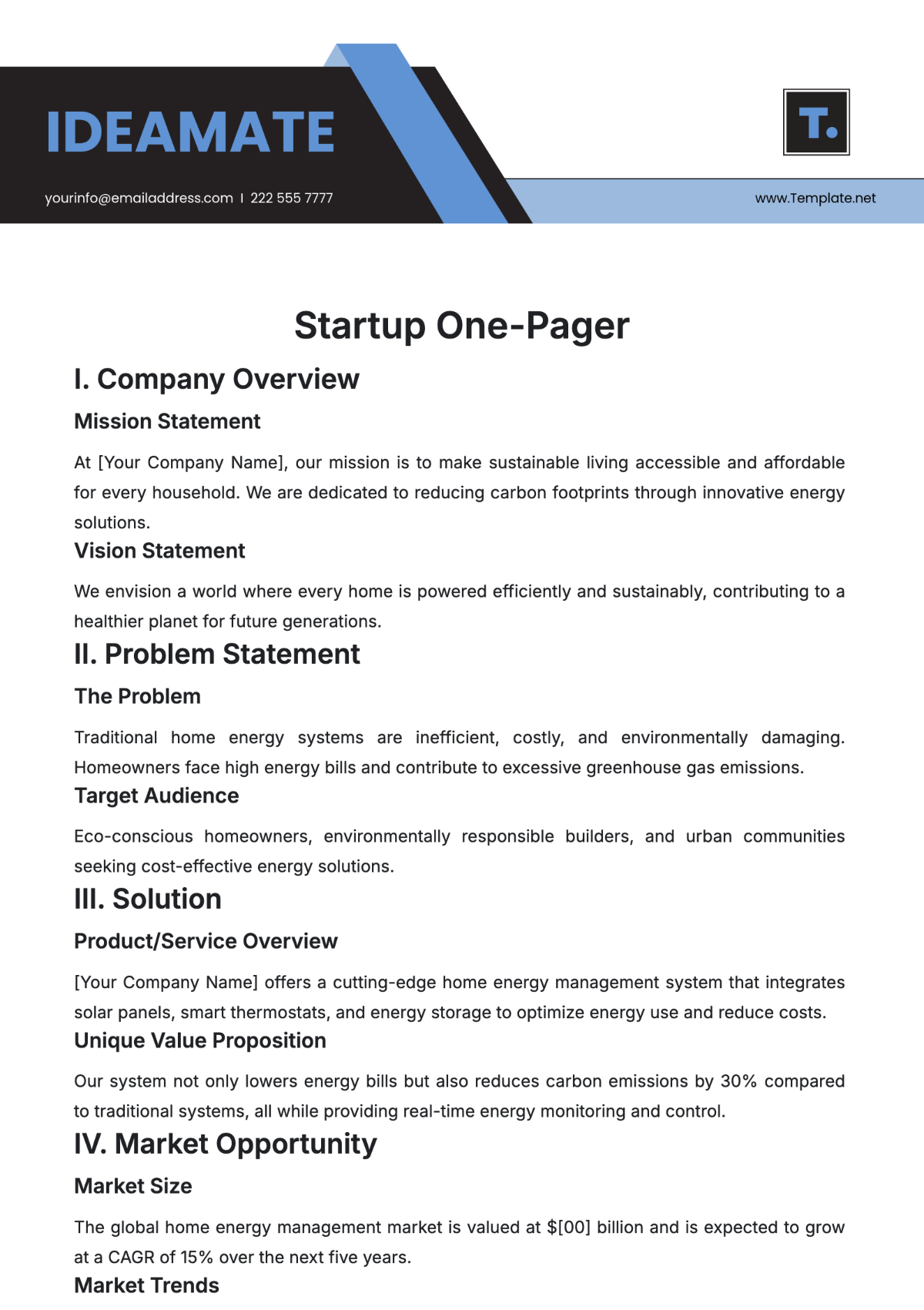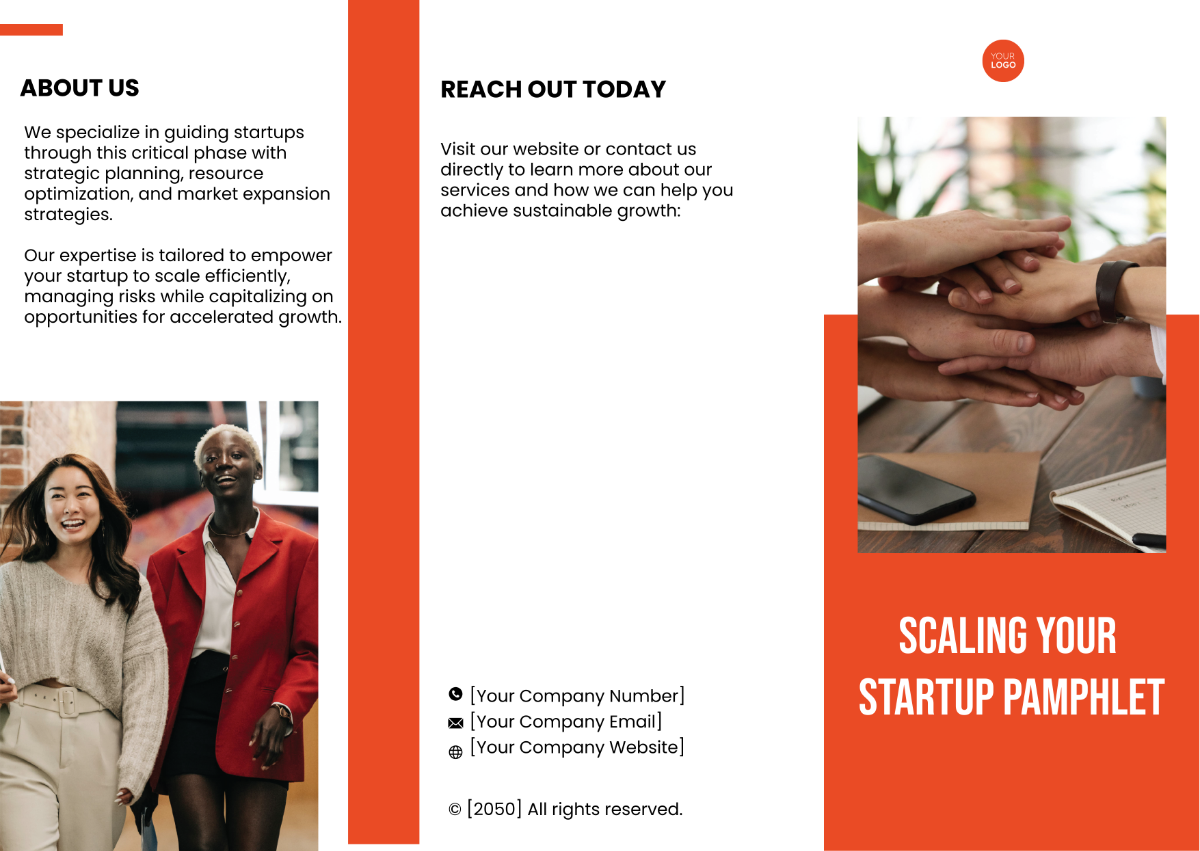Startup Market Entry Case Study
1. Introduction
The journey from a budding idea to a fully operational startup is a daunting path that many entrepreneurs embark on with a mix of hope and trepidation. At the heart of every startup is a desire to disrupt the status quo, to introduce something novel that not only captivates the market but also sets a new benchmark in innovation and utility. This case study delves into the story of [Your Company Name], a beacon of innovation and creativity in the bustling Technology industry. With its market debut in [date], [Your Company Name] has not only introduced itself but also its pioneering vision to the world.
The narrative of [Your Company Name] is not just about its inception but also about the strategic maneuvers and bold decisions that have shaped its journey. This exploration will dissect the multifaceted market entry strategies that the company employed, the initial hurdles that tested its resolve, and the strategic pivots that were made in response to the evolving business landscape. It is a tale of ambition, resilience, and the relentless pursuit of excellence that serves as an illuminating guide for emerging startups navigating the complex terrain of the Technology sector.
2. Company Background
[Your Company Name] emerged from a simple yet profound idea: to seamlessly blend technology with everyday life, making each day smarter and more efficient than the last. The table below encapsulates the foundational elements of [Your Company Name], shedding light on its core vision, the innovative product line that serves as its cornerstone, and the key milestones that have marked its journey thus far.
Aspect | Details |
|---|---|
Foundation Year | [Date] |
Vision | To revolutionize the Technology industry by integrating innovative technology into daily appliances, enhancing convenience and efficiency. |
Core Product Line | A range of smart appliances that leverage cutting-edge technology to offer unparalleled user convenience and efficiency. |
Key Milestones | Launch of the flagship product in [Launch Date] Securing first-round funding in [Funding Date] Expansion into new markets in [Expansion Date] |
Leadership Team | Comprised of industry veterans and innovative thinkers, the team brings a wealth of experience and a fresh perspective to the Technology sector. |
Headquarters | [Location], reflecting the startup's commitment to innovation and strategic positioning in a tech-centric hub. |
This table serves as a testament to [Your Company Name]'s strategic foundation and its commitment to pushing the boundaries of what is possible within the realm of technology and consumer appliances.
3. Market Entry Strategy
Making a mark requires not just innovative products but also a strategic approach to market entry. [Your Company Name] embarked on its journey with a clear focus on the B2B sector, recognizing the significant potential in transforming work environments with its smart appliance solutions. This approach was not just about selling products but about creating a new ecosystem within the workplace that fostered efficiency, convenience, and innovation.
Strategic Partnerships
Understanding the importance of credibility and reach in the B2B sector, [Your Company Name] forged strategic partnerships with key industry players. These partnerships were pivotal in introducing the startup's products to a wider audience, gaining early adopters, and building a solid foundation in the market.
Intensive Online Marketing
In an era where digital presence is synonymous with brand visibility, [Your Company Name] leveraged an array of online marketing strategies to carve out its niche. The company's marketing efforts were multifaceted, targeting various online platforms to maximize reach and engagement:
Social Media Campaigns: With tailored campaigns across major social media platforms, [Your Company Name] tapped into the vast potential of social networks to generate buzz and foster a community of tech enthusiasts and potential B2B clients.
Influencer Collaborations: Recognizing the power of influencer marketing, the company collaborated with tech influencers and industry thought leaders. These collaborations were instrumental in providing authentic endorsements of the product line, thereby enhancing brand credibility and reach.
Content Marketing: Through insightful blogs, whitepapers, and case studies, [Your Company Name] established itself as a thought leader in the integration of technology with everyday appliances. This content not only educated the market about the potential of smart appliances but also highlighted the unique value proposition of the company's products.
SEO and SEM: Strategic investments in Search Engine Optimization (SEO) and Search Engine Marketing (SEM) ensured that [Your Company Name] remained highly visible to those seeking innovative tech solutions. This approach was critical in driving targeted traffic to the company's digital platforms, generating leads, and ultimately converting interest into business opportunities.
Each of these strategies was carefully calibrated to not only introduce [Your Company Name]'s product line to the market but also to build a narrative around the brand—a narrative of innovation, efficiency, and the future of technology in everyday life.
The market entry phase for [Your Company Name] was not just about launching products; it was about setting a precedent in the Technology industry. Through a combination of strategic B2B partnerships and a robust online marketing framework, [Your Company Name] laid the groundwork for a future where technology and daily life are inextricably linked, offering a glimpse into a smarter, more efficient world.
4. The Challenges
Embarking on a journey in the highly competitive Technology sector, [Your Company Name] was met with a series of formidable challenges that tested the very fabric of its strategic planning and execution. These hurdles were not unique to the company but are indicative of the broader landscape that startups navigate in their quest for market relevance and sustainability.
Competition from Established Brands
The Technology industry, known for its rapid innovation and high stakes, is dominated by giants with deep pockets and a loyal customer base. [Your Company Name], as a newcomer, found itself in the colossal shadow of these industry behemoths. The challenge was not just about introducing a new product line but about carving out a distinct space in a market saturated with alternatives. The company had to differentiate itself not only through its innovative offerings but also by delivering exceptional value and service that could sway businesses and consumers away from their usual preferences.
Capital Raising Hurdles
For startups, securing adequate funding is a critical step towards transforming visionary ideas into tangible products. [Your Company Name] faced the daunting task of convincing investors of the viability and potential profitability of its unique proposition. The process involved rigorous pitching sessions, countless meetings, and the refinement of business models to align with investor expectations and market realities. This phase was crucial in securing the financial runway needed to support product development, marketing campaigns, and operational scaling.
Building Customer Trust
In an era where consumer loyalty is hard-earned, [Your Company Name] grappled with the challenge of building trust with its target audience. The adoption of new technology, especially in the B2B sector, is often met with skepticism and a preference for the status quo. The company had to demonstrate not only the superiority of its products but also the reliability and post-sales support that businesses heavily rely on. This required a strategic approach to customer engagement, transparent communication, and a solid track record of delivering on promises.
Through these challenges, [Your Company Name] demonstrated remarkable resilience and adaptability. The company's response was not static; it was a dynamic process of learning from setbacks, engaging with customer feedback, and iteratively refining its approach to overcome these obstacles. This agility became one of its most significant assets, allowing the company to pivot when necessary and to continue marching forward despite the adversities.
Achievements
Against the backdrop of these challenges, the achievements of [Your Company Name] within the first year of operation are nothing short of remarkable. The company not only survived the tumultuous initial phase but also thrived, capturing a notable share of the market and establishing itself as a serious contender in the Technology sector.
Market Share and Brand Recognition
The strategic market entry efforts and the relentless pursuit of innovation paid off, with [Your Company Name] securing a considerable market share. This success was not just in terms of sales but also in brand recognition within the industry. The company's products became synonymous with innovation, quality, and reliability, appealing to both businesses and tech-savvy consumers. The achievement of these milestones within the first year set a solid foundation for future growth and expansion.
Winning Over Key Stakeholders
One of the most significant accomplishments of [Your Company Name] was its ability to win over key stakeholders, including investors, partners, and most importantly, customers. By demonstrating the tangible benefits and potential of its product line, the company not only secured necessary funding but also built strong partnerships that facilitated its market penetration. The positive reception from early adopters and influential businesses further fueled its growth trajectory, providing both validation and momentum.
Adaptation and Growth
The ability of [Your Company Name] to adapt swiftly to market feedback and changing dynamics was a key factor in its early achievements. The company's willingness to iterate on its product offerings, refine its marketing strategies, and enhance its customer service approach allowed it to stay ahead of the curve and respond effectively to emerging opportunities and challenges. This adaptability was instrumental in sustaining its growth and establishing its credibility in the competitive landscape.
Conclusion
The journey of [Your Company Name], marked by strategic foresight, resilience, and adaptability, offers invaluable lessons for startups navigating the complex and competitive realm of the Technology sector. The company's ability to overcome initial challenges, win over stakeholders, and secure a foothold in the market within a short span underscores the importance of a customer-centric approach, continuous innovation, and strategic agility.
This case study serves as a testament to the fact that while the path to market entry and sustainability is fraught with challenges, a well-articulated vision, coupled with an adaptable and resilient strategy, can pave the way for remarkable achievements. Startups looking to make their mark can draw inspiration from [Your Company Name]'s journey, understanding that success is not just about the brilliance of the idea but also about the execution, perseverance, and the ability to navigate the inevitable ups and downs of the startup ecosystem.
